We finally set sail from Ushuaia, Argentina just before 6pm on Thursday the 2nd of March, ready for our Antarctic adventure. Before you can get to Antarctica from South America, you need to deal with the Drake Passage. It is well known that you either get ‘Drake Lake’ or the much feared ‘Drake Shake’. So which was it to be?
3 March – welcome to the Drake!
At midnight we were due to hit the Drake and I could indeed verify that I was feeling a bit of rock and roll from 1 to 4am but nothing too serious. Aside from feeling a little queasy for a couple of minutes prior to breakfast (perils of an empty tummy) it was smooth sailing so far. We had a pretty good wind forecast for our crossing, so fingers were firmly crossed.
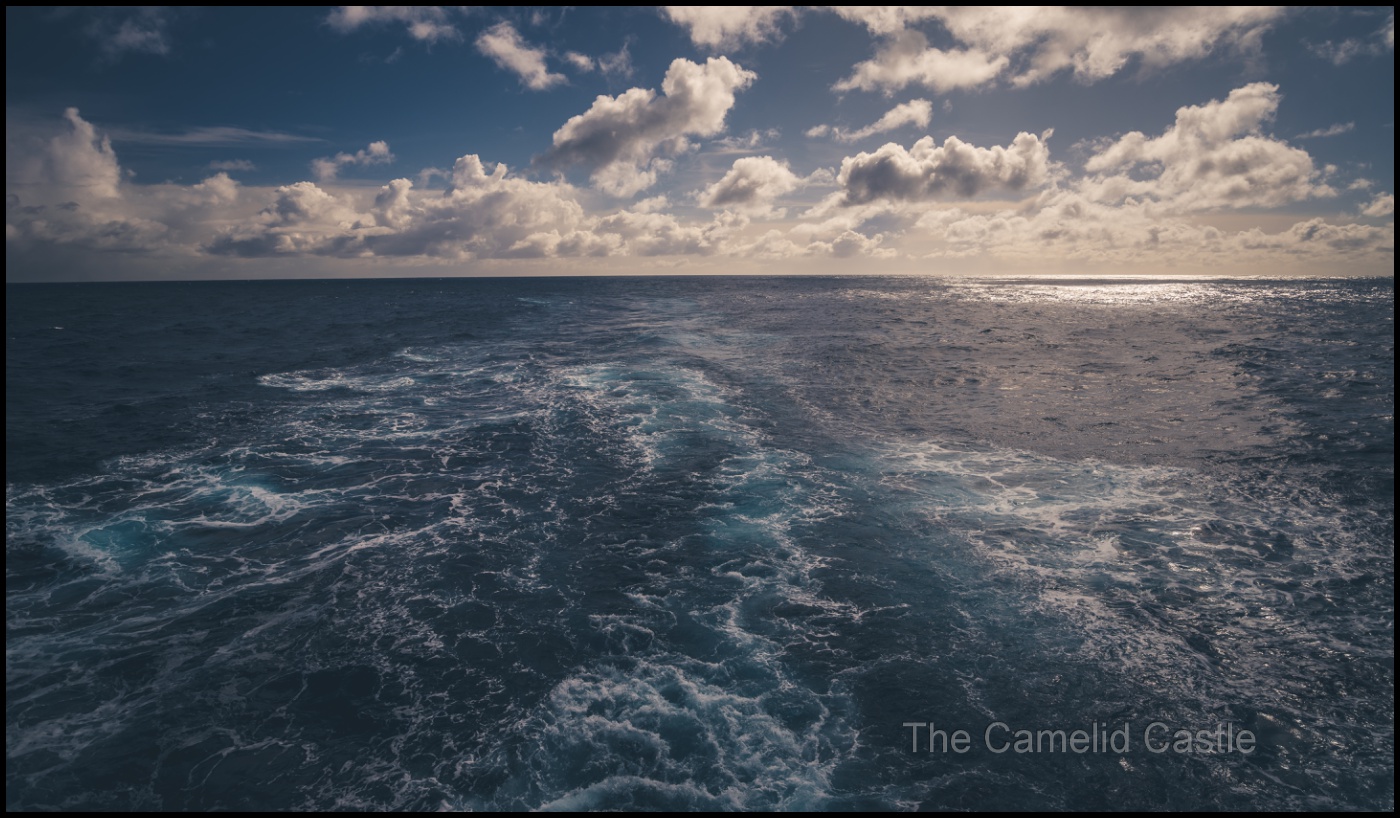
Getting our sea legs……
With 2 full days at sea before we were due to start our expeditions and landings, I had been looking forward to a little downtime after a lot of flying, hiking, sightseeing and not much sleep in the 5 days since we’d left Australia. Yes it had only been 5 days, but we’d packed a lot in.
So what did we actually get up to on those sea days. It definitely wasn’t what I had anticipated. I klnew there would be some talks to keep up entertained but I also thought I’d get plenty of time to relax and maybe even catch up on some reading. I did not anticipate the packed schedule Intrepid had prepared for us.
So much to learn…..
We were getting feds 3 meals and afternoon tea a day so we had plenty of energy for our brains. We certainly needed to be on the ball. On the schedule for our first sea day was:
- Seabirds of the Southern Ocean
- Whales, Dolphins and Porpoises
- Citizen Science Program – Southern Ocean Seabird Survey & Cloud Observer Survey
- Photographing Antarctica
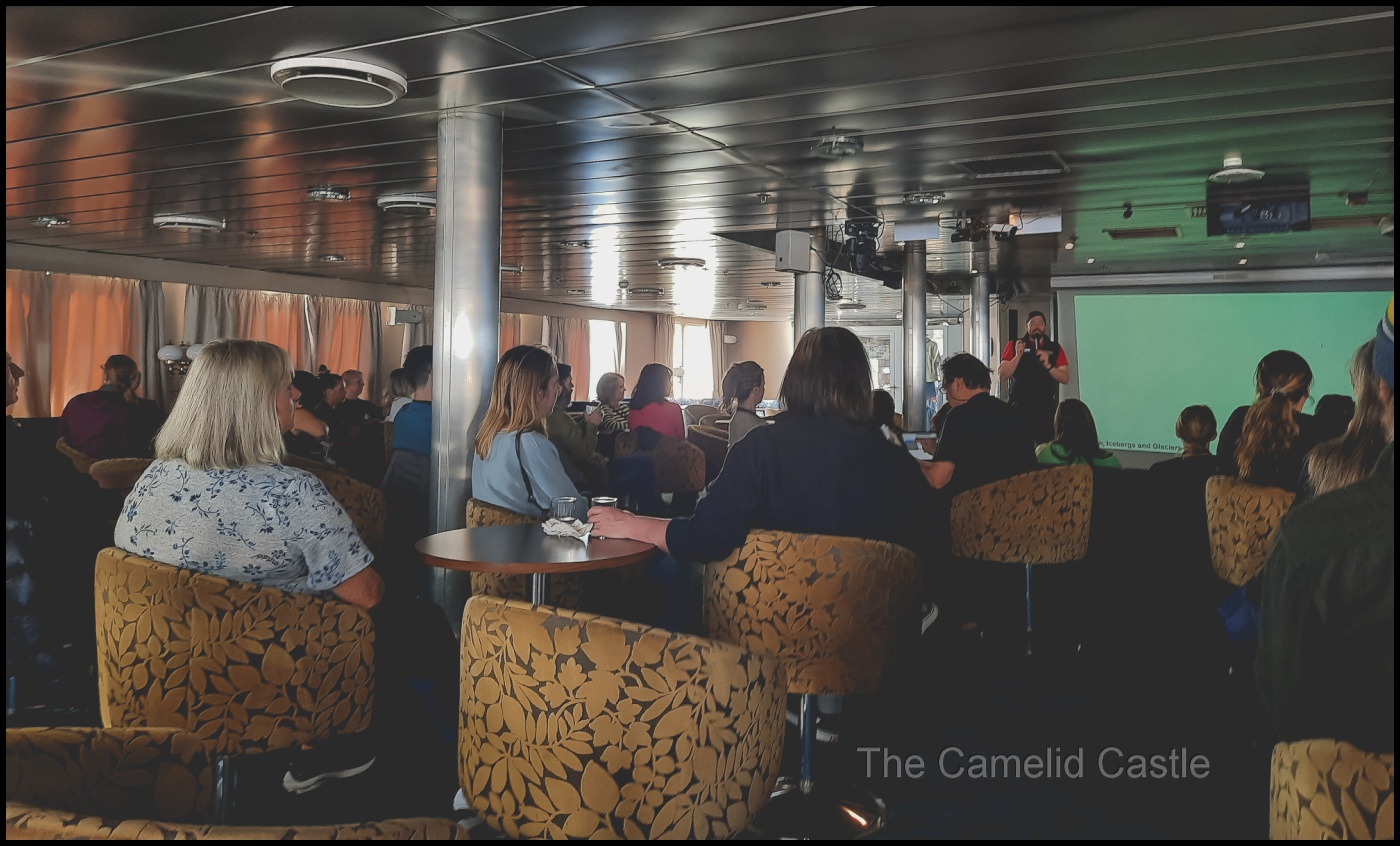
I attended the Whales, Dolphins and Porpoises talk, which was really interesting but then had to run off to meet my fellow Photography program attendees and do our photo lectures. Di managed to catch a few of the other talks and was also impressed with what she learnt.
Wait, I get another camera?
Di had decided I really should be on the photography program to get the most out of Antarctica, and had signed me up to it for a Christmas and birthday present. It turned out to be the best decision ever as we had a fabulous time and the opportunity to get amazing shots was second to none………
Our first photography group meeting was that morning up in the Meridian club – a very long walk up lots of stairs on a moving ship. I met the other 13 participants and our instructors – Andrew and Simon plus the Sony rep (also an Andrew). Funnily enough our group had many Andrews and Simons when including the participants. There was definitely a range of ages, experience and nationalities amongst the participants. Experience ranged from pro and semi-pro and quite experienced like myself (although I admittedly have done very little wildlife photography like this) to those with limited experience, some who just wanted to learn to get their cameras off auto mode and others who didn’t even own a camera! The ages ranged from early 20’s to 60’s with everything in between. There was quite a contingent of Australians, Americans and Canadians then Simon from Denmark (yes another Simon).
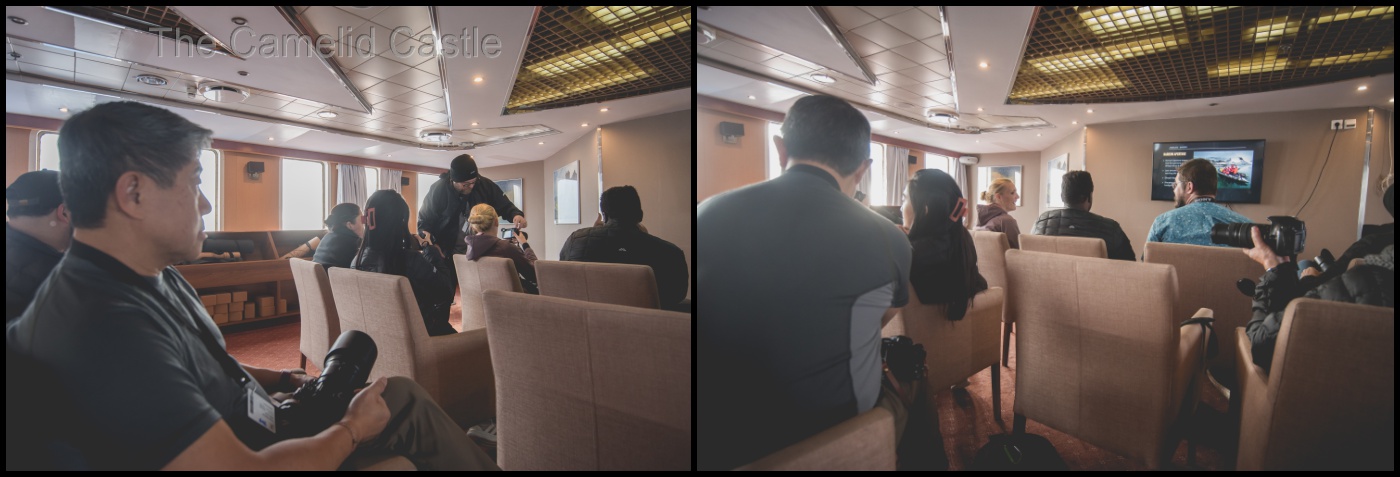
Most of the morning was learning about the program, the instructors and the gear we were going to use. I’d brought 2 cameras and several lenses with me but it turns out we were getting the option to borrow some fabulous Sony gear for the duration of the trip if we wanted.
I wasn’t going to say no to trying a new camera and lens combo! After some discussion with Andrew, the Sony rep, we agreed I’d borrow Sony Alpha 7 Mark IV mirrorless body with a FE 100-400mm 4.5-5.6 GM OSS lens. This meant I could use my Nikon D750 with my wide angle lens for wide shots, the Sony set up for long shots as it was a superior lens and body combo, for wildlife, to the lens I’d brought and was going to save me changing lens out on the zodiacs (which I was hoping to avoid). I also had my Fuji X-S10 when I wanted to shoot with something smaller or quickly do some 4k video.
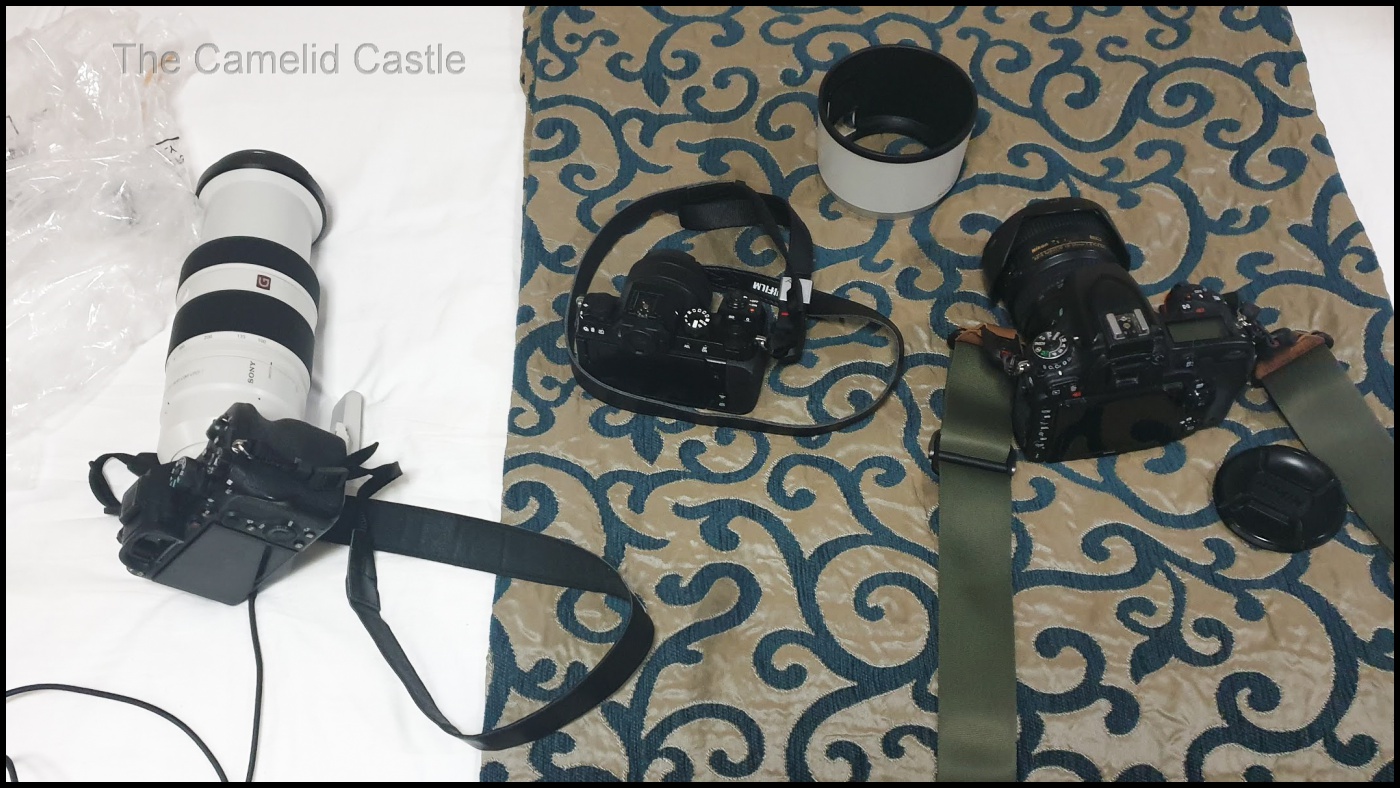
Gearing up in the mudroom
We had a quick try on of our boots and Gill jackets in the mudrooms and Di only needed to size up 3 sizes on the boots to accomodate her very swollen broken toes. We ended up spending a lot of time in this mudroom and we were usually cooking while waiting to go out in the cold, but it was always a place of great anticipation!

Exploring the Ocean Endeavour
With a break between lectures and eating, there was some time for wandering around the ship and getting some photos of our time at sea. There was nothing to be seen land wise for a very long way!

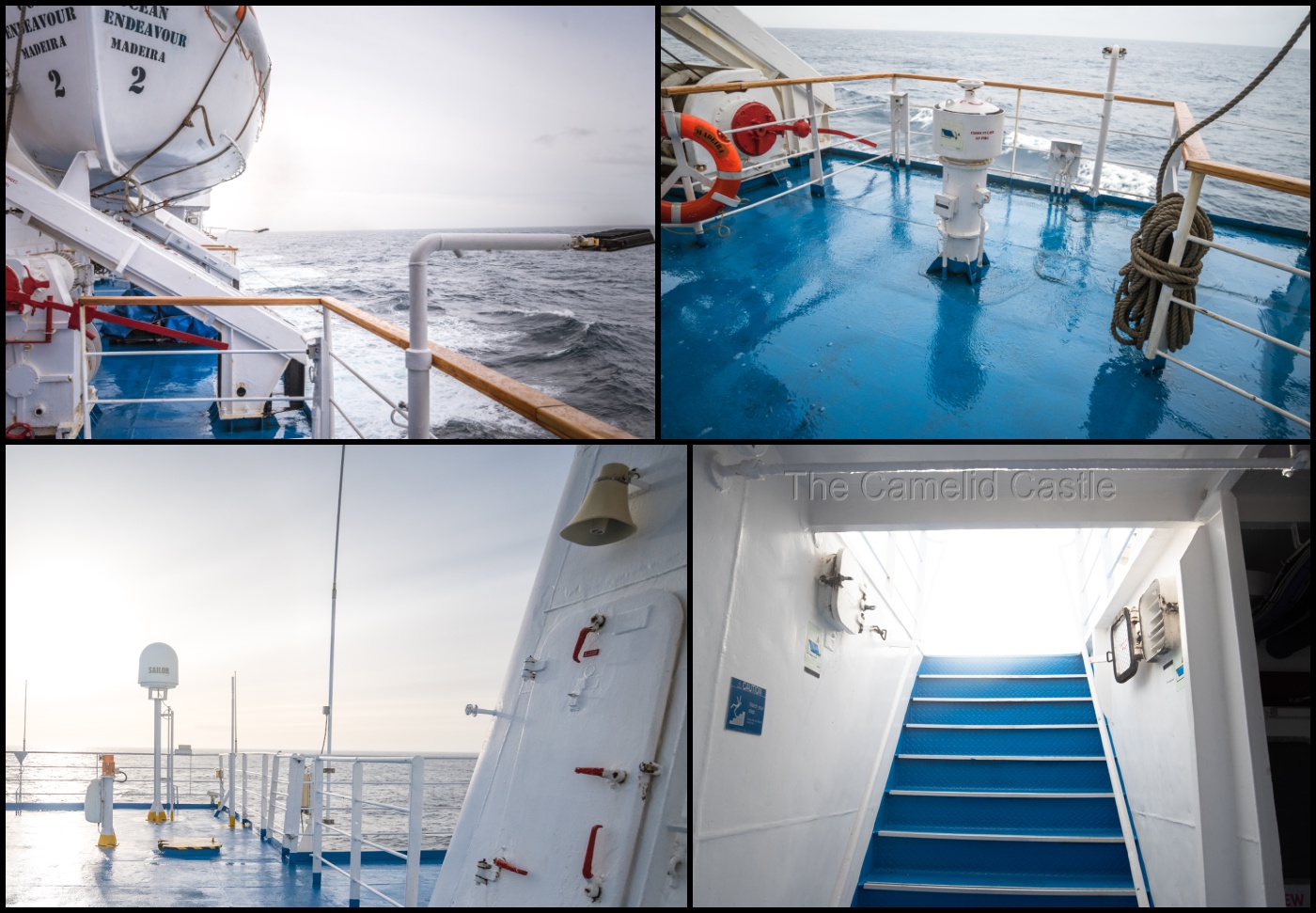
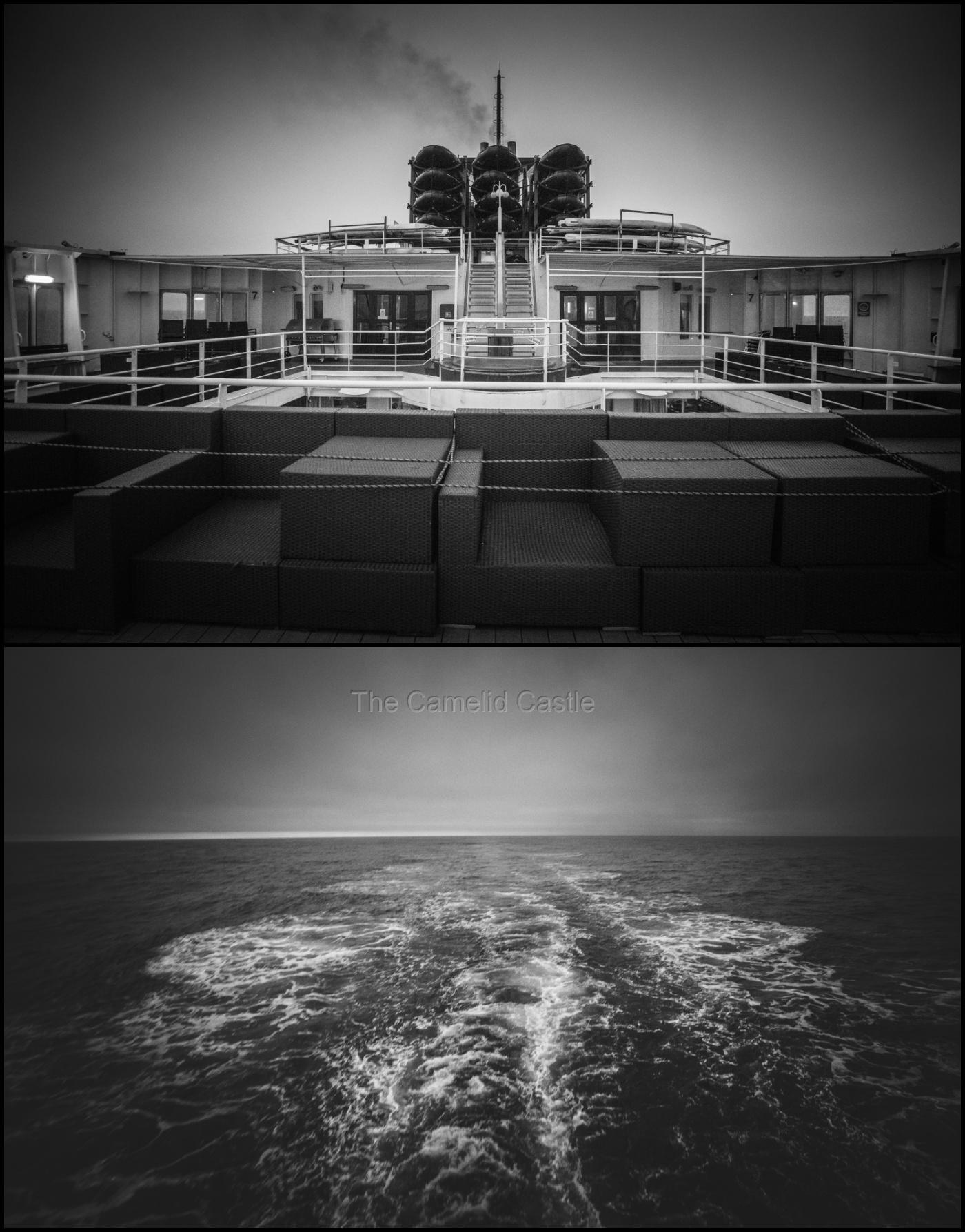
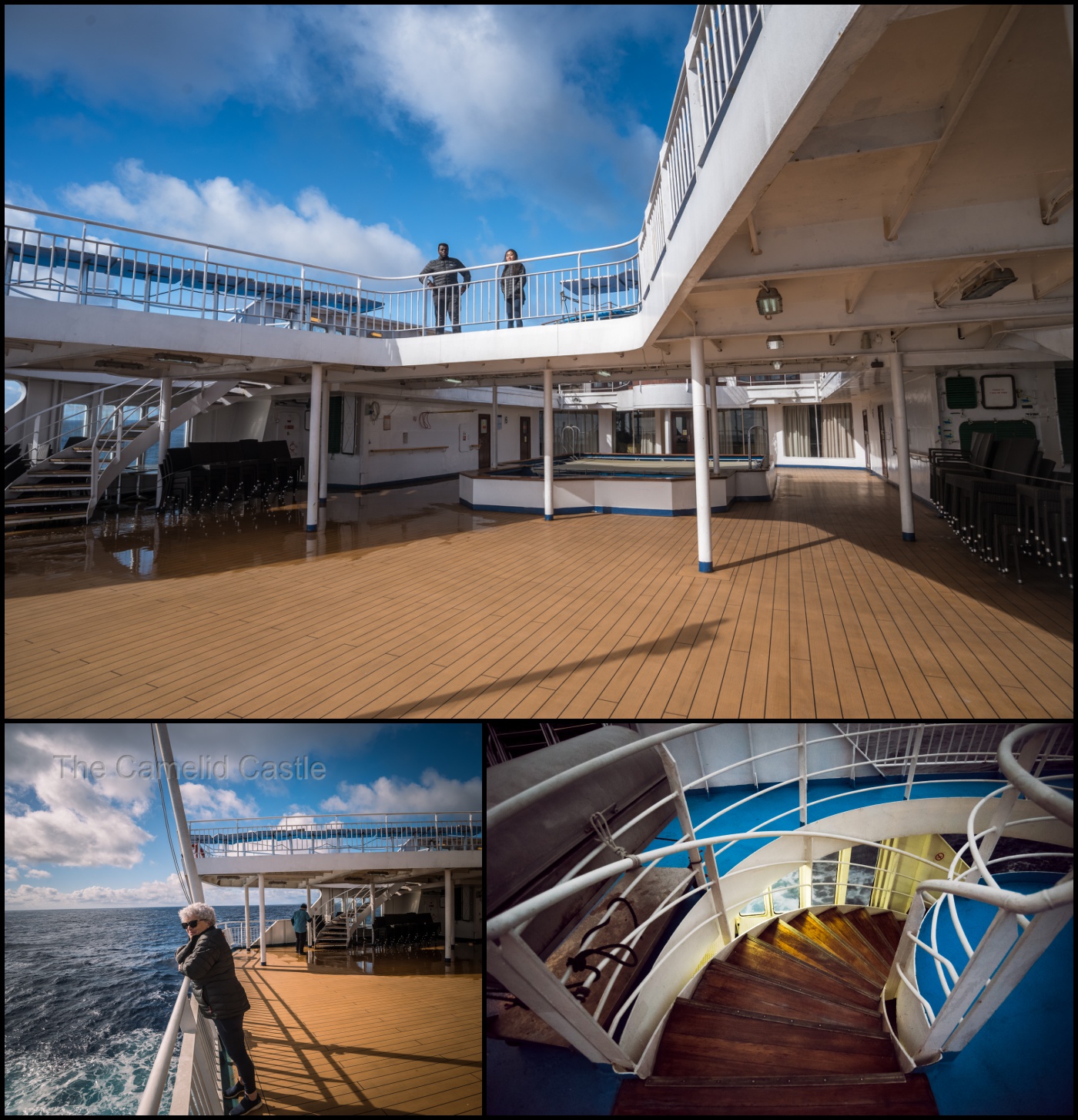
Downward dog wasn’t a great idea……
On sea days there is twice a day yoga. I’d not managed to make the 7am yoga session but decided to attend the afternoon session before our afternoon photography lecture (I needed to work off some of the food). It was fabulous, except a little tricky while the ship rocked and rolled. Downward dog when the ship lurched towards your head made you feel upside down and was rather unfortunate. It did provide plenty of giggles though! Towards the end of the session was the only time I felt particularly sick on our Drake take 1. Definitely a new experience though.
I then avoided the temptations of afternoon tea by having to attend our afternoon photography class.
Crossing the line…. and the Antarctic convergence
Our evening briefing confirmed that the weather had indeed got Antarctic outside, and well anyone who had set foot on the deck had figured that out! It was hovering around zero, without the nasty windchill. Not only was it feeling Antarctic, we were about to hit a latitude of 60 degrees South and officially in Antarctic waters! We were also going to cross the Antarctic convergence, making us in ‘biological Antarctica’.

The Antarctic convergence, or Antarctic Polar Front, is a marine belt encircling Antarctica, varying in latitude seasonally, where cold, northward-flowing Antarctic waters meet the relatively warmer waters of the sub-Antarctic. The Convergence is roughly 30-50 kilometers wide and encircles the southern continent completely at a latitude of approximately 55º south. We would be hitting this overnight. Interestingly a lot of marine and bird life only lives on one side of the convergence or the other, and never crosses!
Food glorious food.
With all that time at sea we had plenty of time to eat. There was always buffet breakfast and lunch and an à la carte dinner. Every meal had a great selection, and really good vegetarian options. It was free seating so we would often sit with new friends and watch the ocean, birds and whales as we ate.
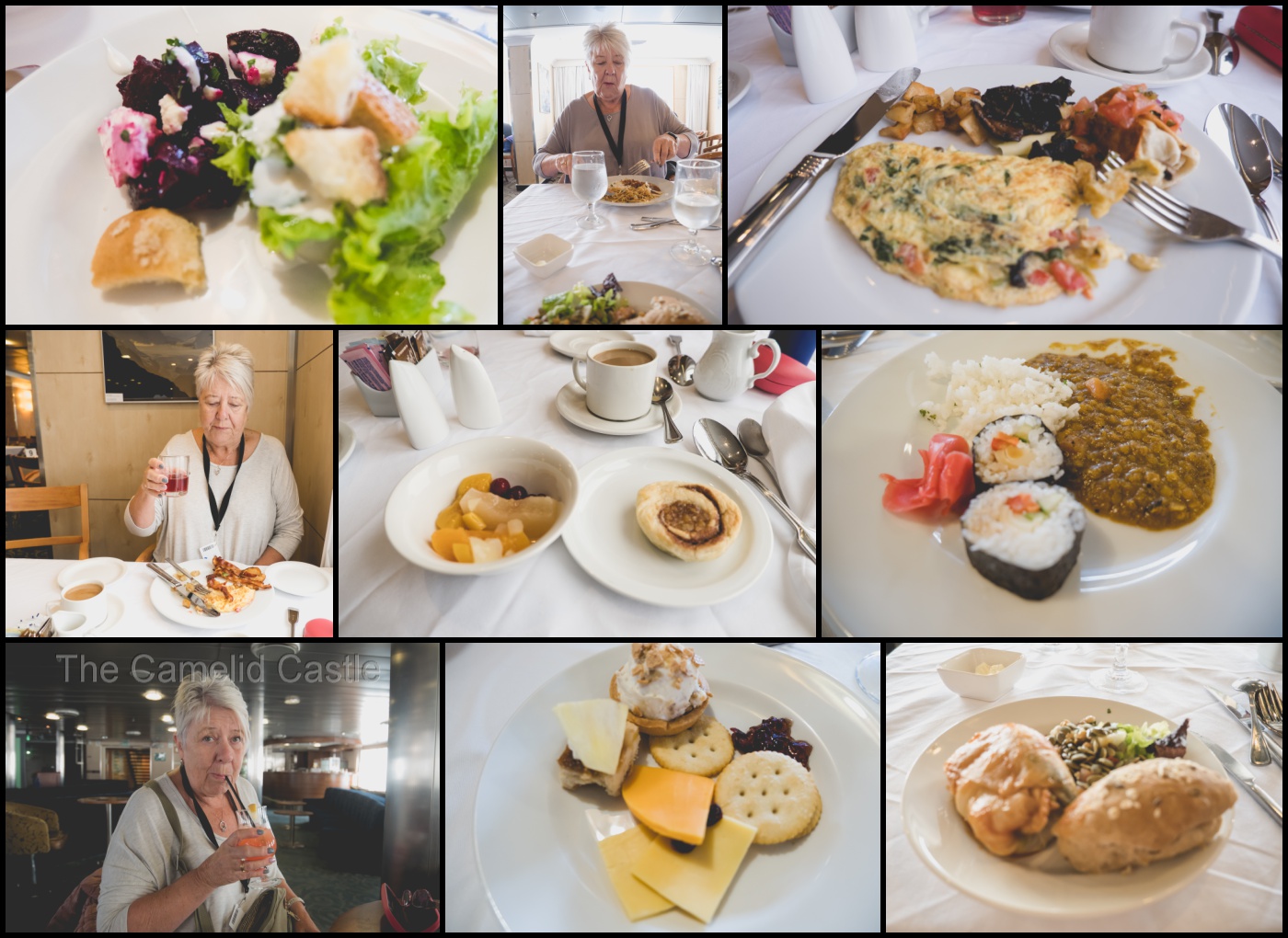
4 March – Antarctica at last……
It felt like it had been a long time coming….. a few years of delayed trips then the long flights over and the many hours at sea, but as we awoke on the Saturday morning we were officially now in Antarctic waters. It well looked pretty much the same as the day before though!
We were continuing to luck out with a Drake-lake. The ship certainly moved around but even Di had cut back on the seasickness meds and most people were feeling pretty well. I had actually enjoyed the gentle rolls of the ships from my dark little cabin, and had slept in until 7.30am only awoken by Di ringing to see why I wasn’t up for breakfast yet.
Keeping Antarctica clean and safe…..
It was a big day of policy, procedures and learning. Up first was the mandatory, IAATO and zodiac briefing. IAATO is the International Association of Antarctic Tour Operators. Most, but not all, tour operators are members of IAATO and are governed by strict regulations during Antarctic trips. If you wanted to go off the boat during our visit to Antarctica you needed to attend this briefing so we knew what we could do and not do while off the boat and on-shore. The protocols for the safety of passengers and the environment were strict, but for good reason! Having now been to Antarctica I would consider travelling on a non-IAATO compliant ship or tour. This place is too amazing to harm.
Avian flu was a big risk this season (it had already been detected in South America). If it reached Antarctica via migratory birds (or humans) then it could devastate the wildlife. This meant even stricter biosecurity profiles and no bending, crouching or sitting, and no being at eye level with the wildlife (a photography challenge indeed).
We also had our safety briefing for zodiacs and a lesson on how to get in and out of them. Di was not looking forward to that experience (although she ended up managing well!).
Shooting seabirds
The seabird surveyors had spotted plenty of wildlife the day before but I hadn’t had a chance to get any on camera. I was in luck though once the IAATO briefing was done. Seabirds were spotted so it was the perfect opportunity to grab my cameras and have some practice with the new Sony camera.
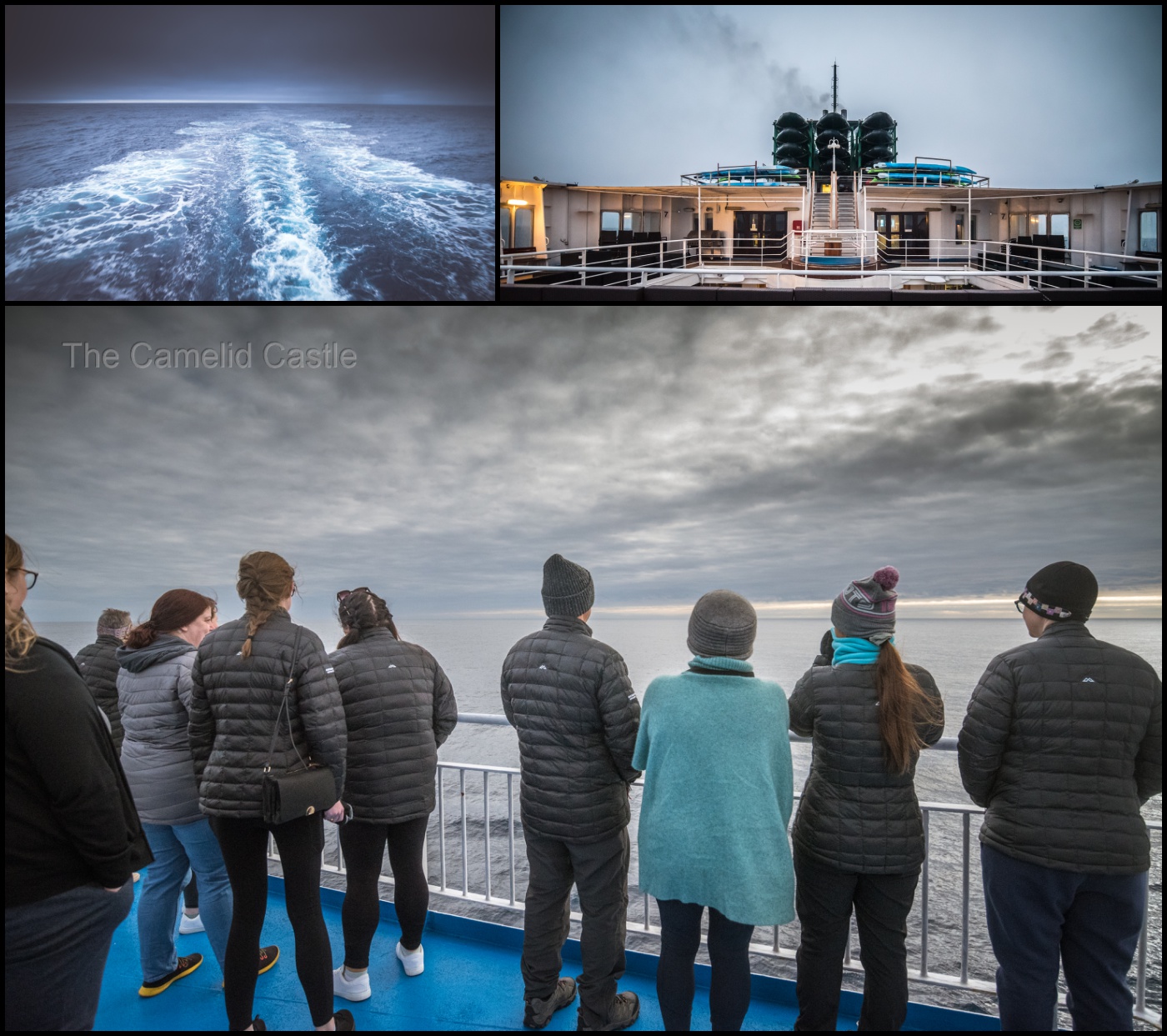
Plenty of the passengers were out on deck watching these amazing creatures following the boat. It is fascinating watching them soaring beside us, so far from any land, their huge wing spans carrying them far and fast. We spotted several varieties albatross and giant petrels. Thankfully there were plenty of bird experts on the ship to help us identify the birds.


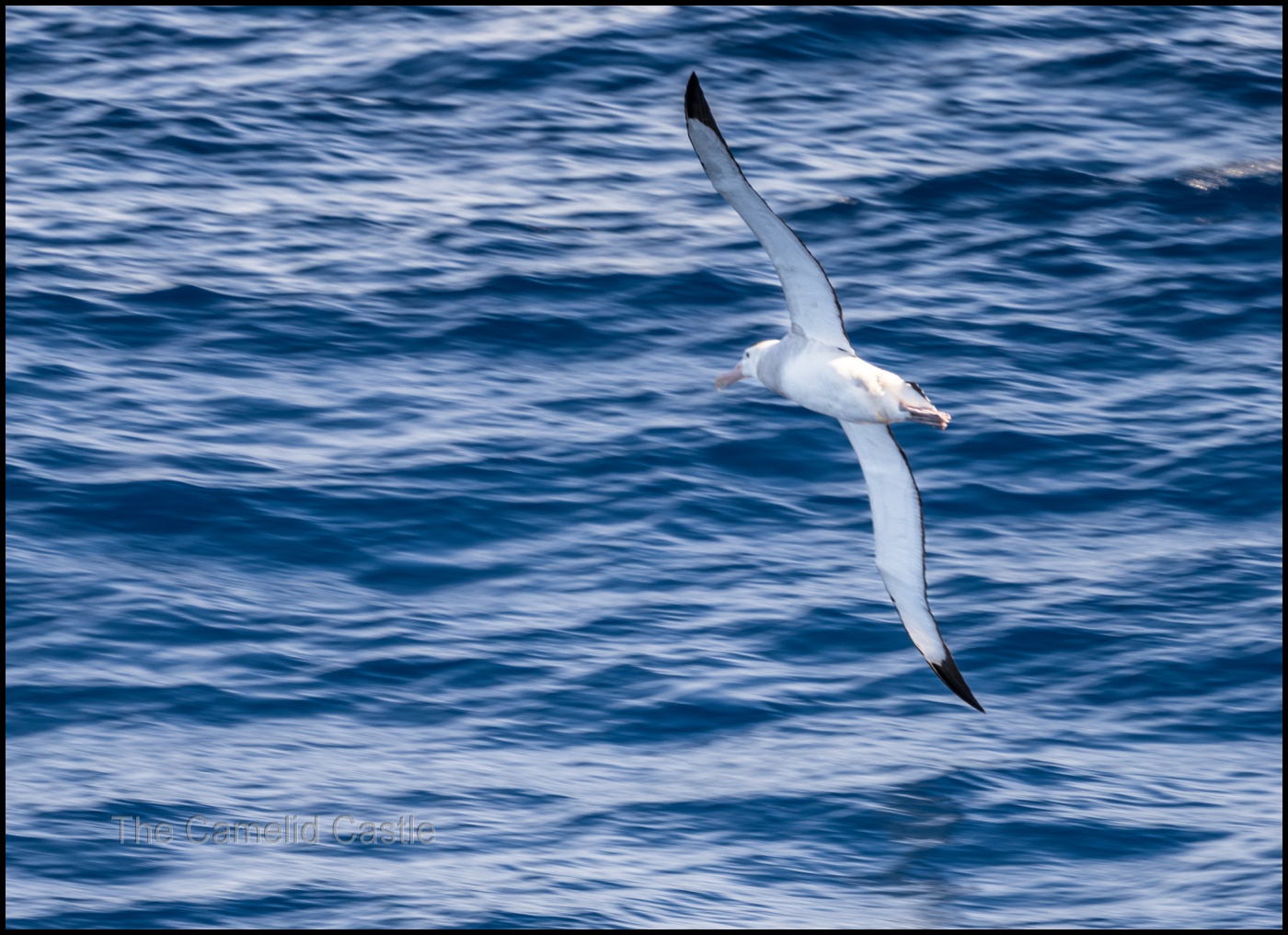
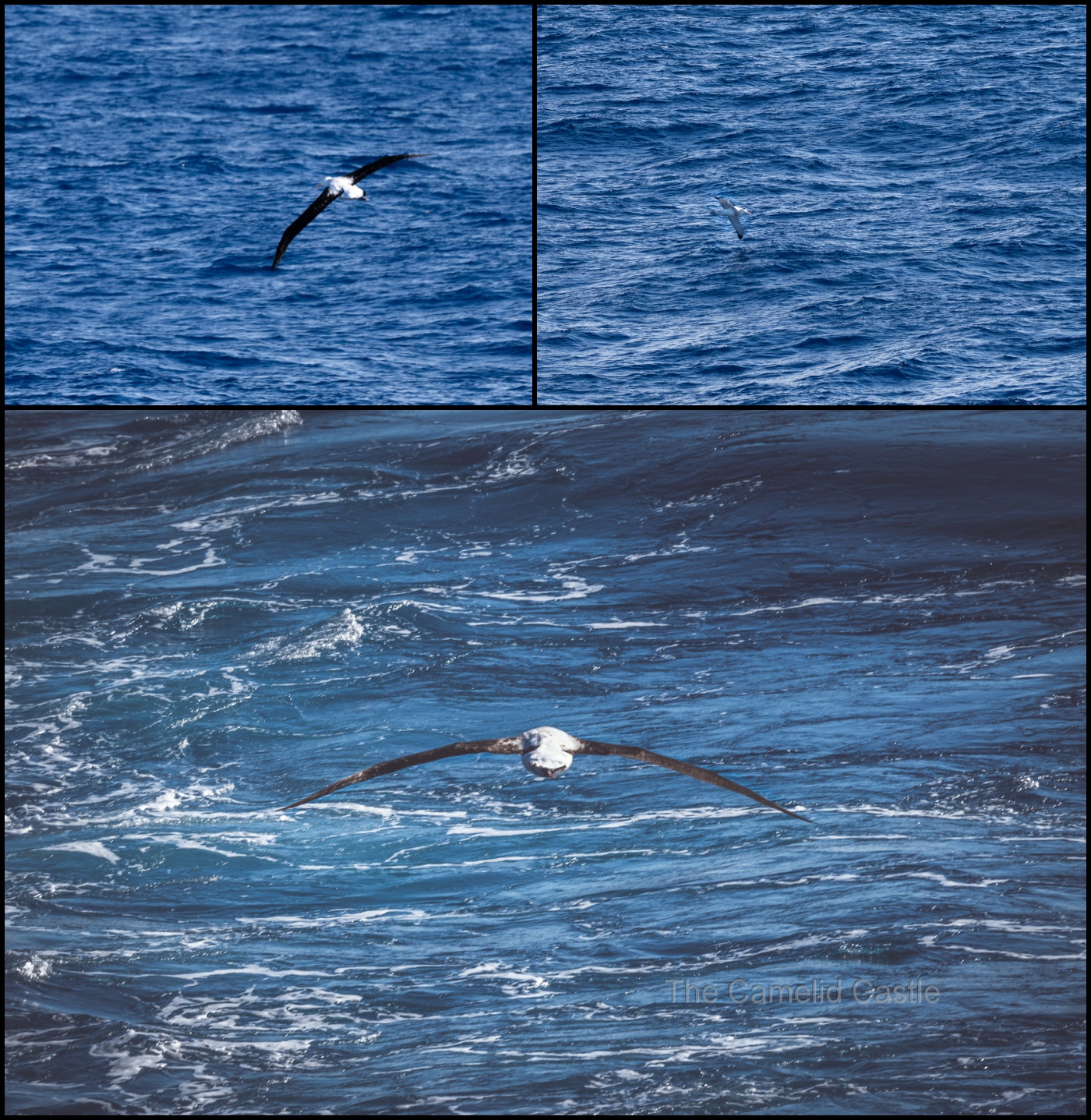
It’s not easy learning the controls and settings on a new camera, but a bit of practice on the relatively stable ship was definitely easier than in a bobbing zodiac and up a hill in snow, which was to be the next day.

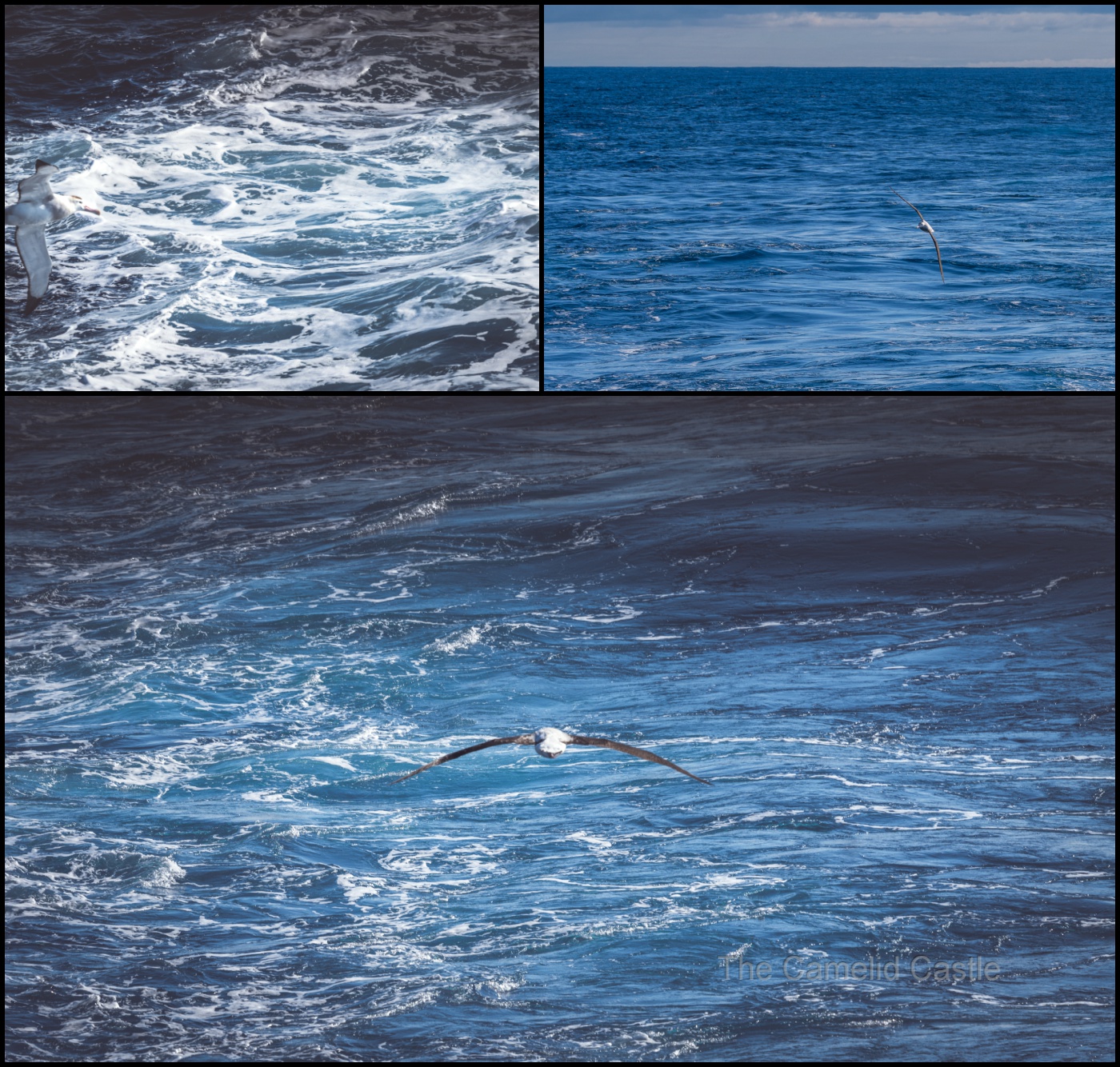
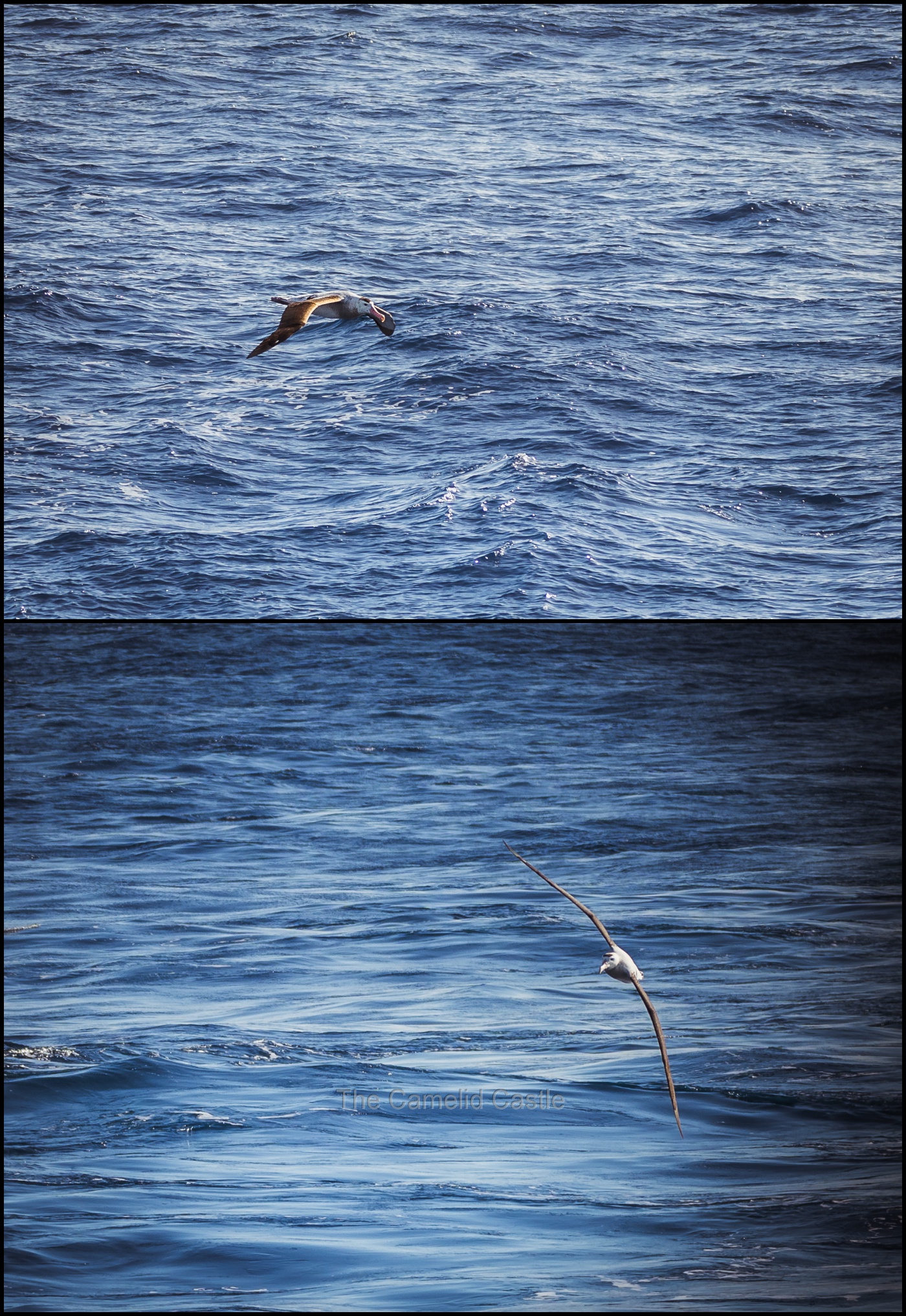

Di was out on deck, also spotting birds and getting a few snaps of me practicing my wildlife photography. Those blue skies and sun do not convey how cold it is out on deck!
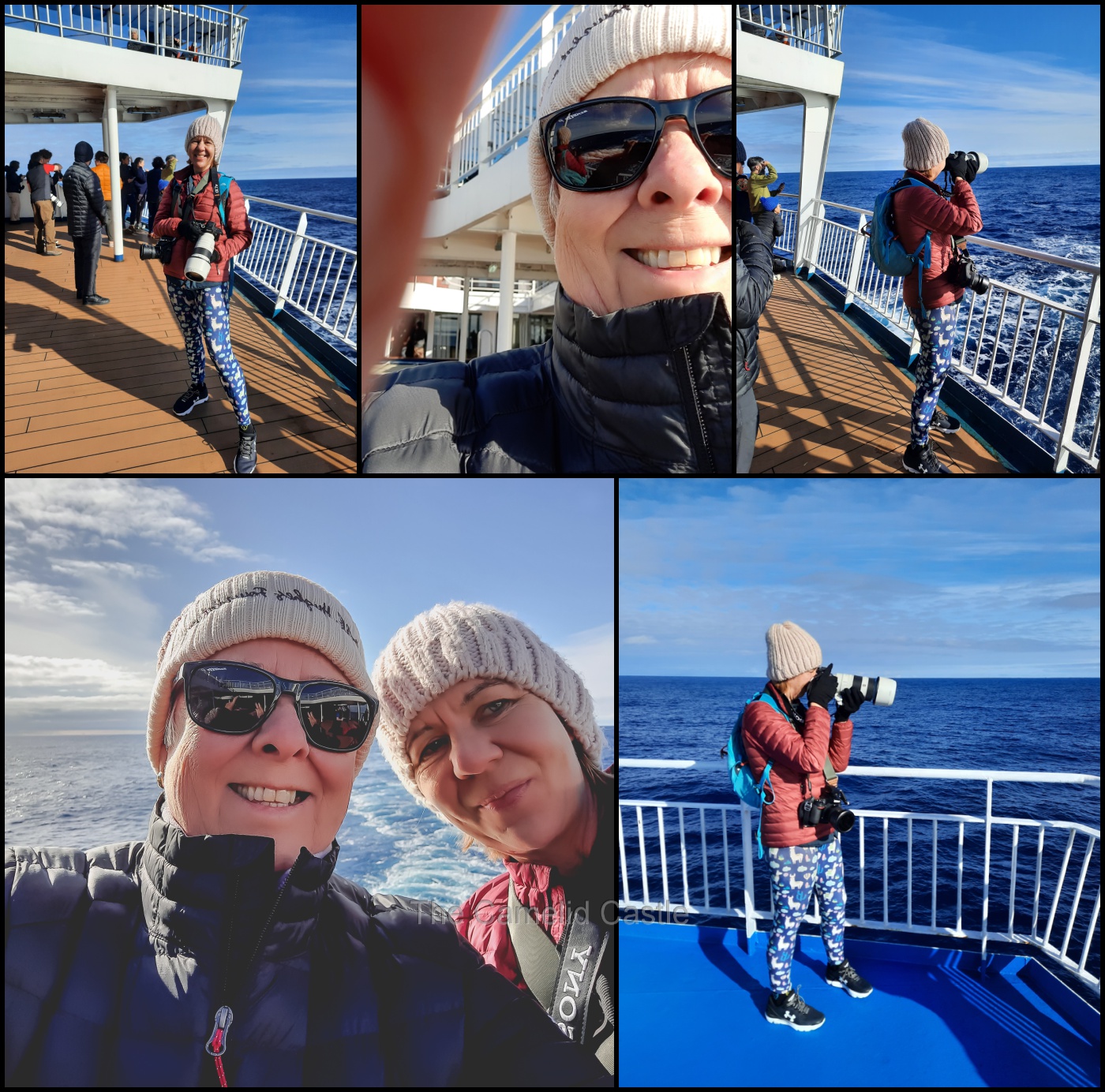
I’ll admit to not ever having a lot of luck with birds in flight – often tricky subjects to shoot, but I did get some good ones from the deck. It was vastly easier than when we were shooting them from a bobbing zodiac later in the trip!
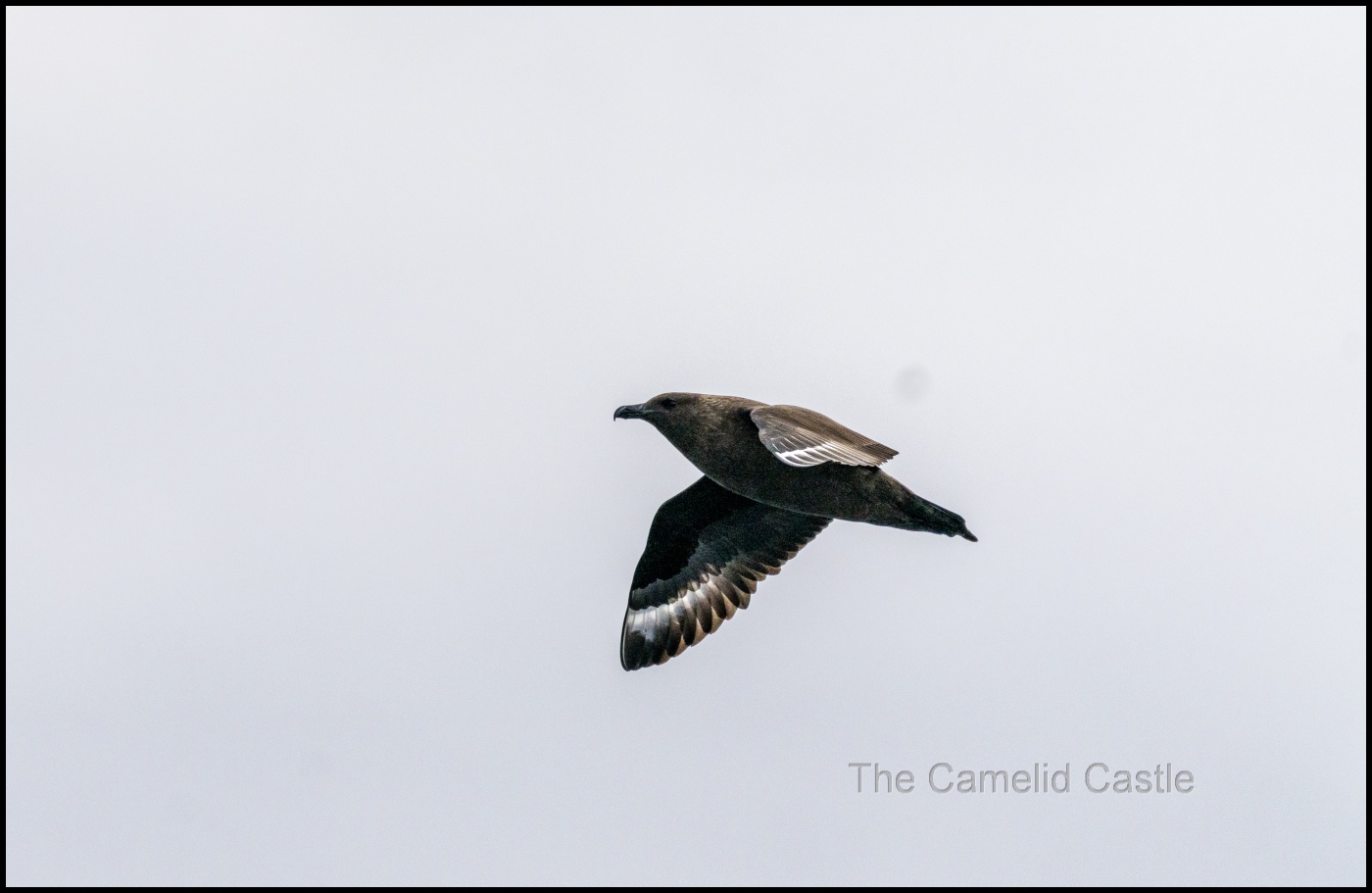
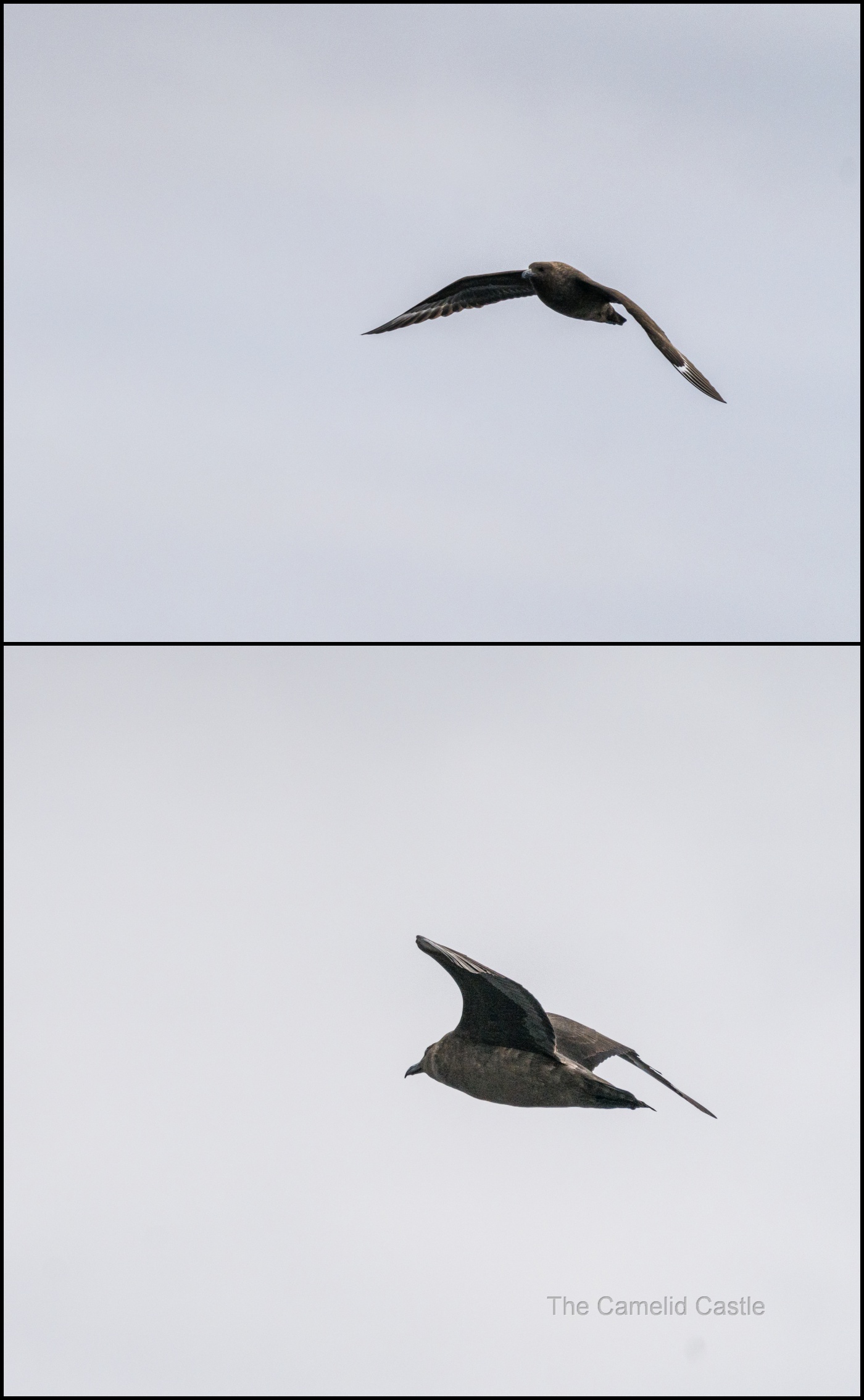
Vacuums and pompoms
With the seabird excitement I’d missed most of the ‘Snow, Icebergs and Glaciers’ lecture but caught the end of it before heading to lunch and then getting ready for our biosecurity check.
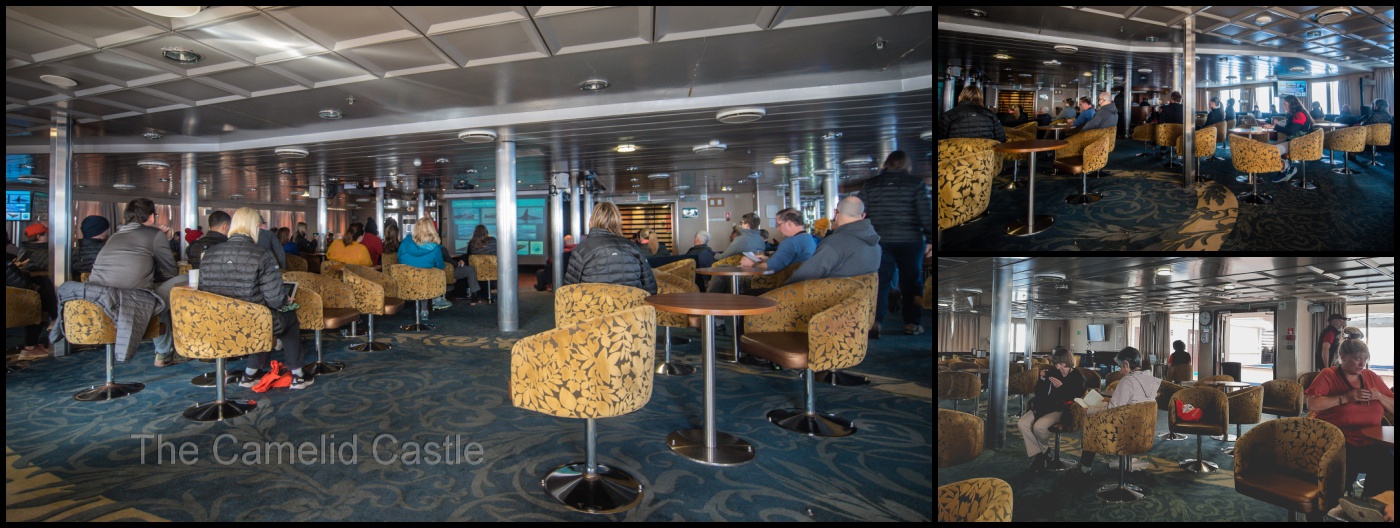
The biosecurity requirements were exceptionally strict. Every outer item or bag that was to go off the boat had to be thoroughly inspected. This meant our (ship issue) boots and Gill jackets plus all the ski pants, beanies, gloves and backpacks (and walking poles and tripods for those using them) were taken down to the lounge for inspection one by one.
No dirt, fibre or fluff was allowed to end up in the Antarctic waters or on the snow. This meant all pockets and velcro was thoroughly inspected on every item, and vacuumed out. Beanies proved to be a big challenge and lots of pom-poms didn’t pass the fibre test and many pom-pom-ectomies were performed! Despite the tediousness of this process, it was reassuring how seriously keeping Antarctica pristine was being taken.
Keeping warm and spotting whales……
The biosecurity checks were progressing slowly through the mudroom groups at the pace of a snail. I was lucky that the photo group were up first, along with all the media on the ship. We finished and had time to hang out in the lounges drinking coffee, editing photos and catching up with friends to see who else had their pom-poms removed.

As we were moving further into Antarctic waters the wildlife spotting had increased. There had been a few whales the day before (although I’d been in photography lectures and missed them) but today saw some out the window, no photos though! Not to worry there were plenty later in the trip.
Wildlife and whales……
Due to all the mandatory briefings in the morning we had 2 back to back photography lectures in the afternoon. A composition lecture, and the one I’d been waiting for on wildlife photography. I’d not done a lot of in the field wildlife photography before so was quite keen on learning more. Our poor teachers though were constantly getting interrupted by calls over the PA of whale and seal sightings. Everyone would jump up and run to a window to see if we could see them. They assured us there would be plenty of time to see whales out on the zodiacs and we should sit down and concentrate. At the time we scoffed, but sure enough we saw plenty of whales much, much closer! Di had been out contributing to the whale spottings and had apparently seen quite a few.
Land ahoy….
With the lectures for the day finished I headed out onto deck, cameras in hand as land had been spotted! No it wasn’t mainland Antarctica, but it was the first of some of the Antarctic islands as we approached the Peninsula. It was funny seeing land after so long of just open sea as far as you could see….



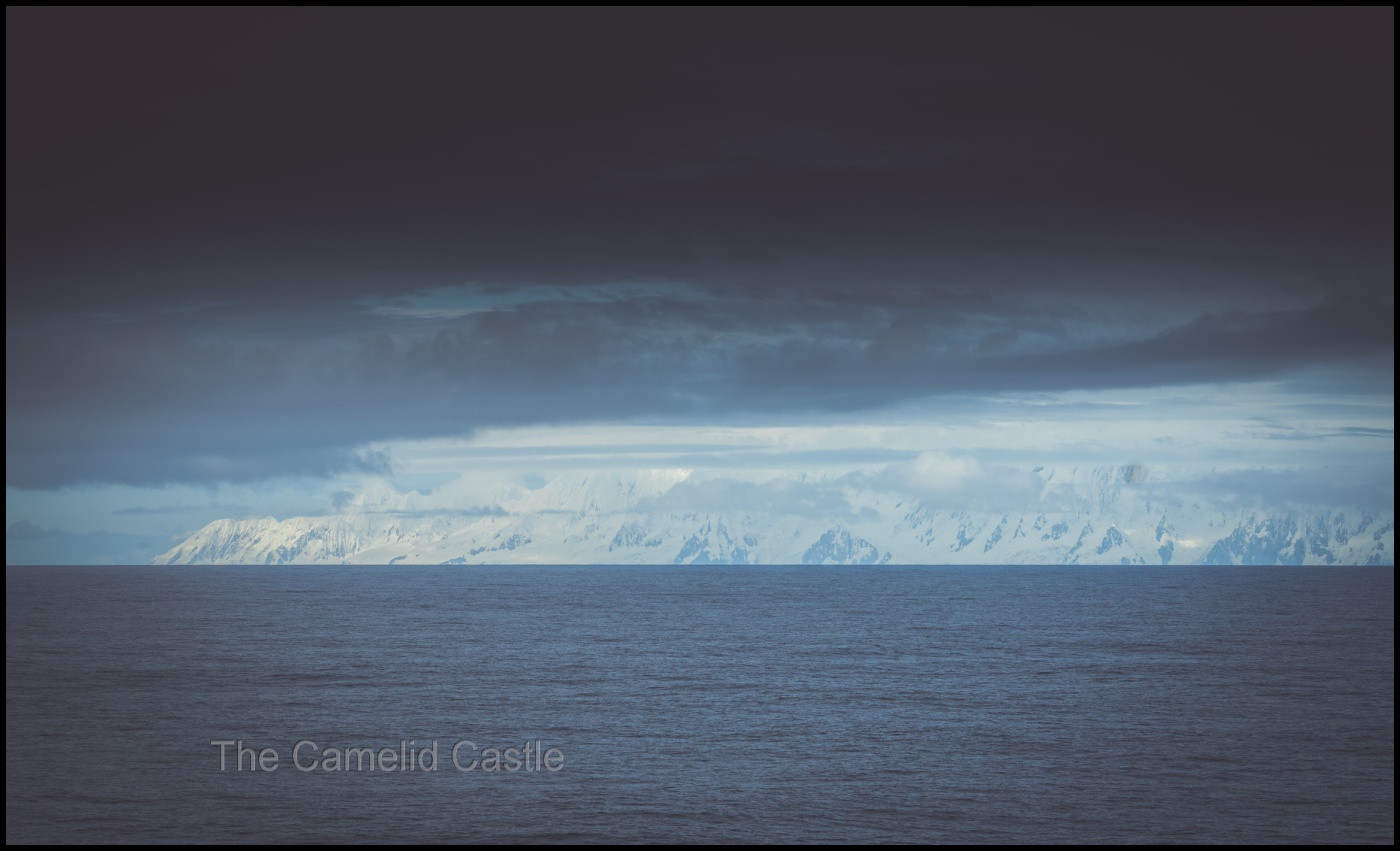
Seabirds and sunset…….
Despite it being pretty much smooth sailing all day through the Drake, I decided to skip the late afternoon yoga in favour of happy hour drinks and more wildlife spotting off the back deck.
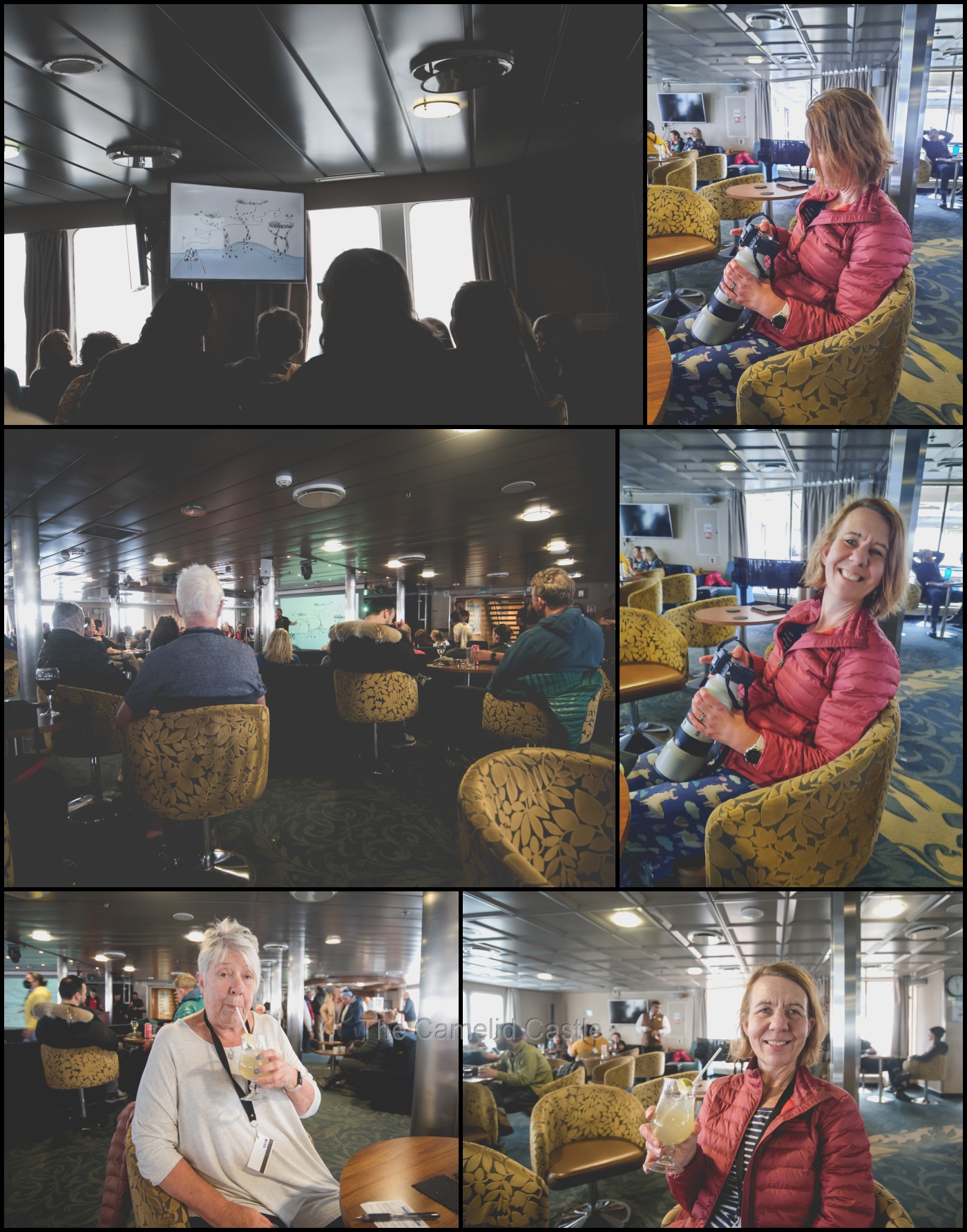
There were a few Fin whale sightings, including by Di, who had become quite the wildlife spotter! There were also some penguins and seals in the area. We were getting close now……. but no good pictures for me yet.
I did however find some more seabirds as the sun got lower in the sky. Throughout the day there had been Wandering Albatross, Light-mantled sooty Albatross, Black-browed Albatross, Wilson’s Storm-petrel, Black bellied Storm-petrel, Giant Petrels, Snow Petrels and Antarctic Prions spotted. I definitely got some albatross and Storm-petrel photos but I’m not sure exactly what I got, they were impressive birds nonetheless.
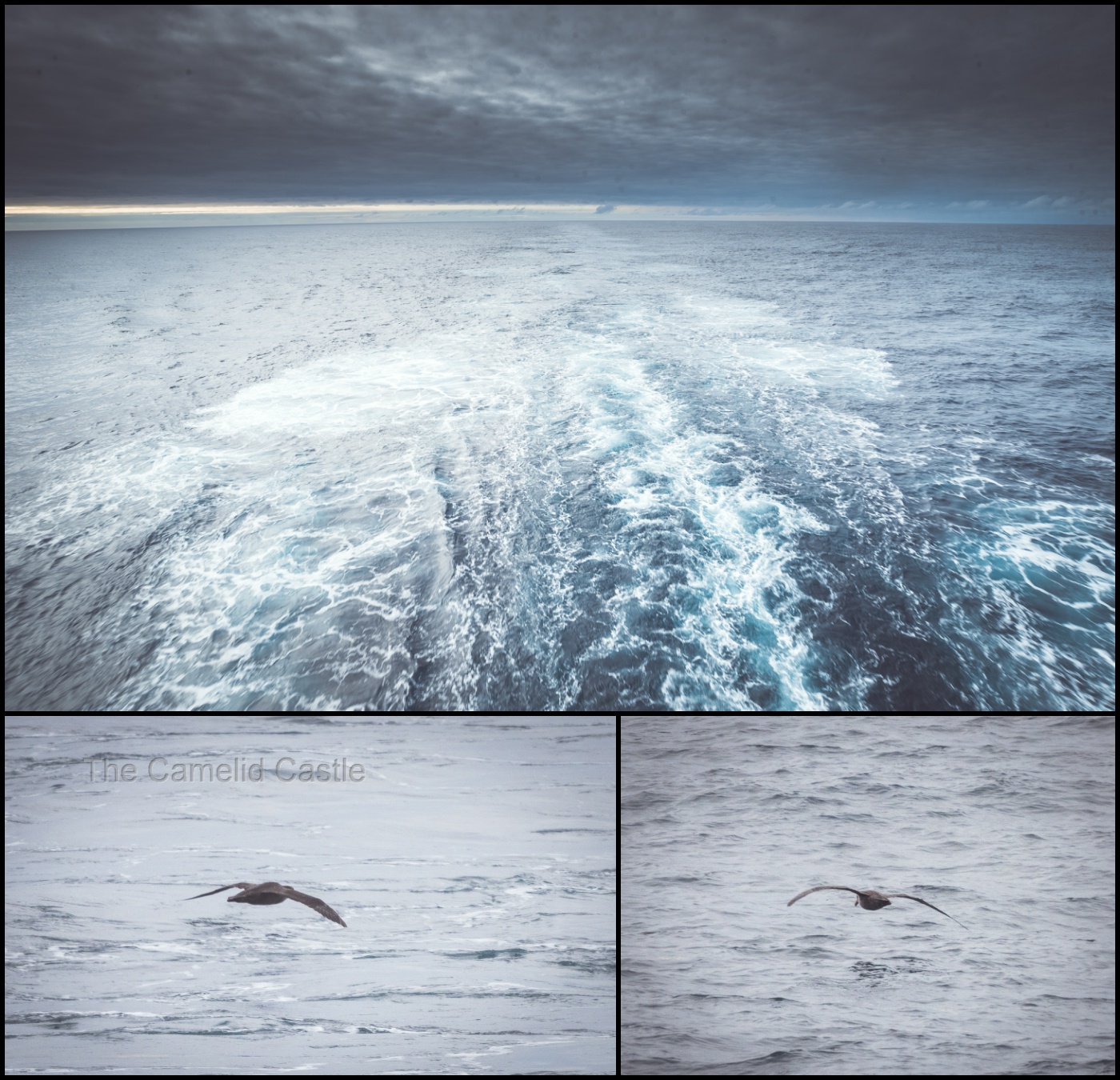

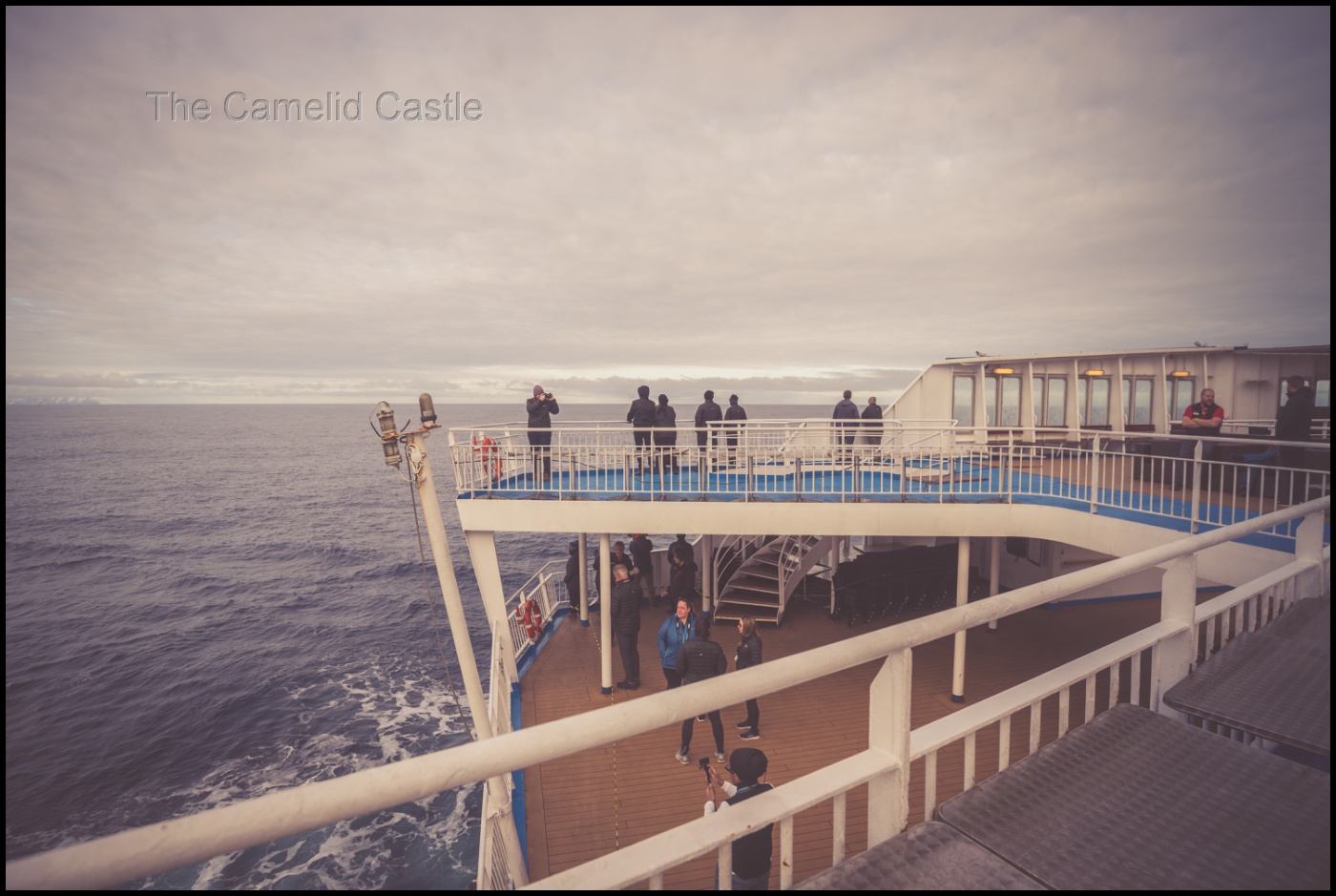

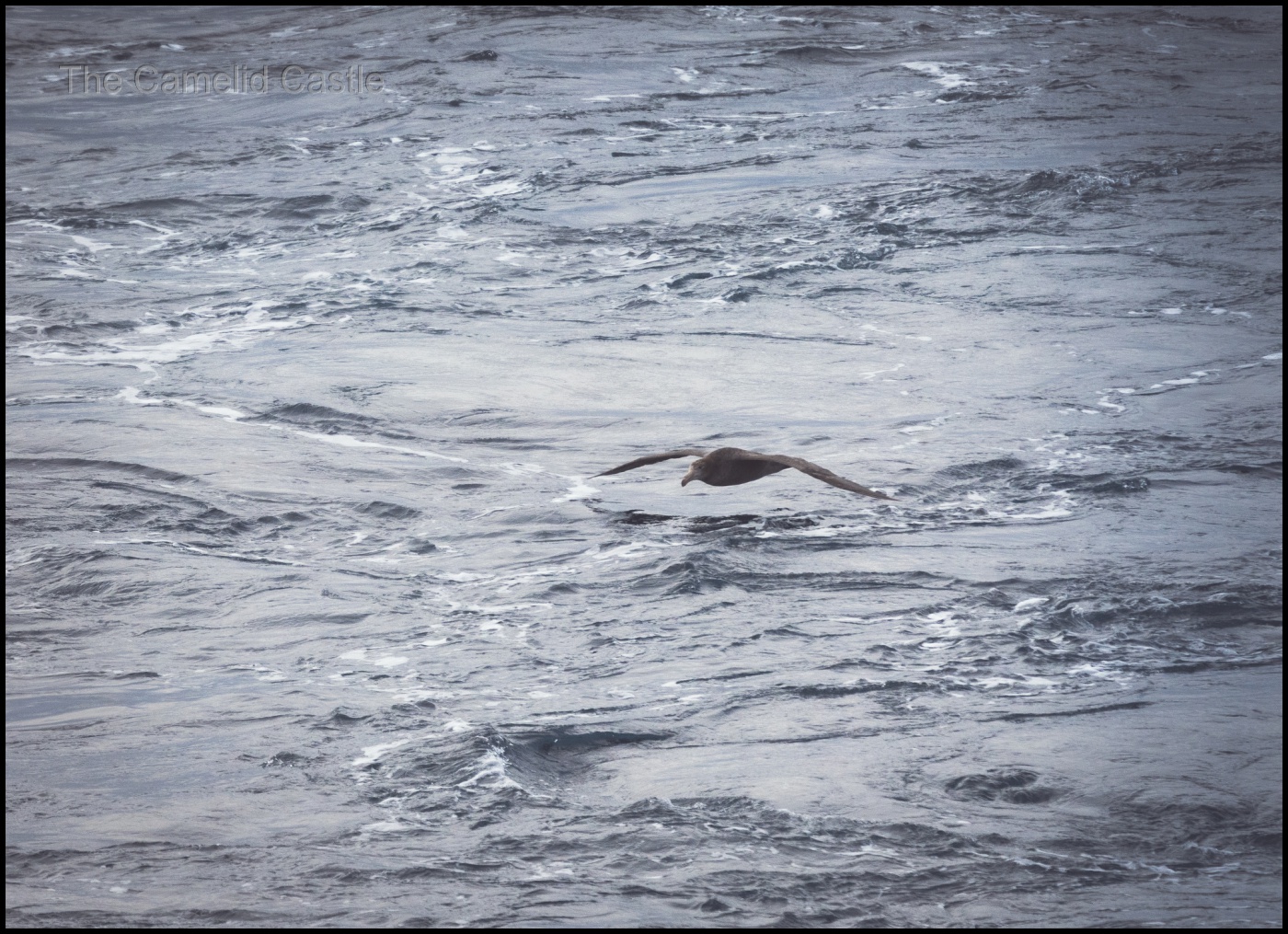
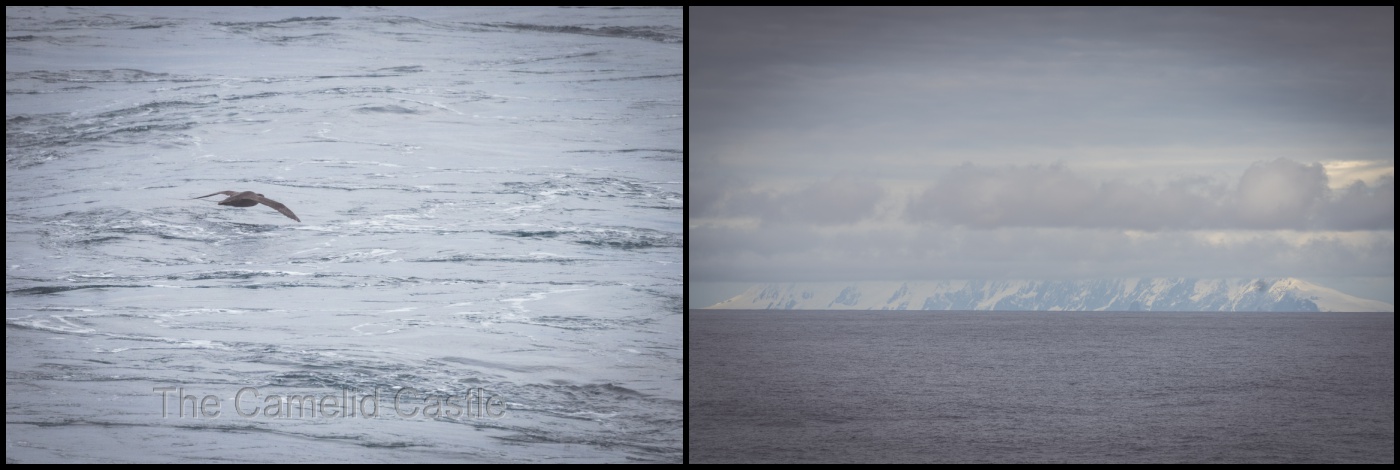
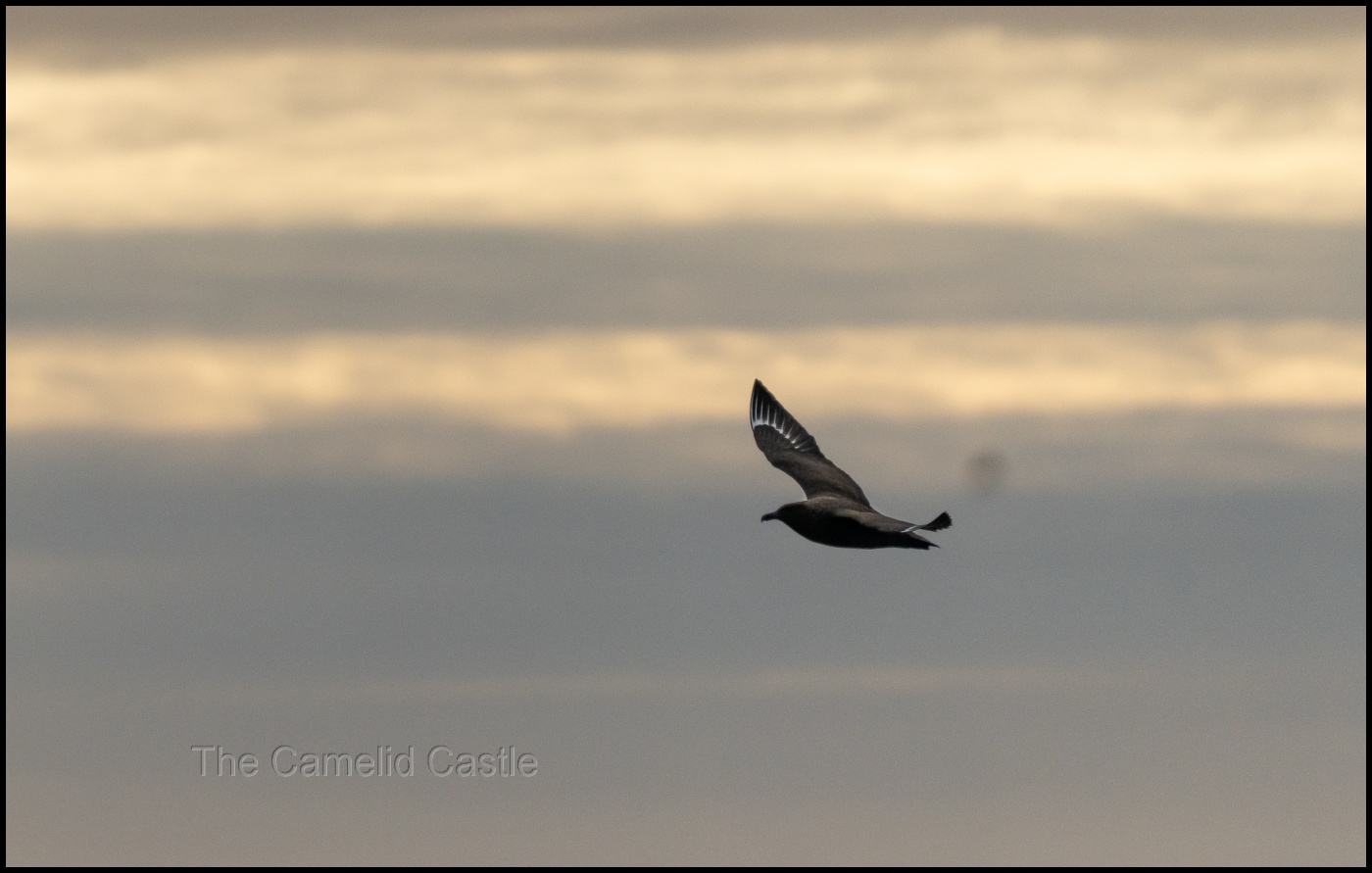

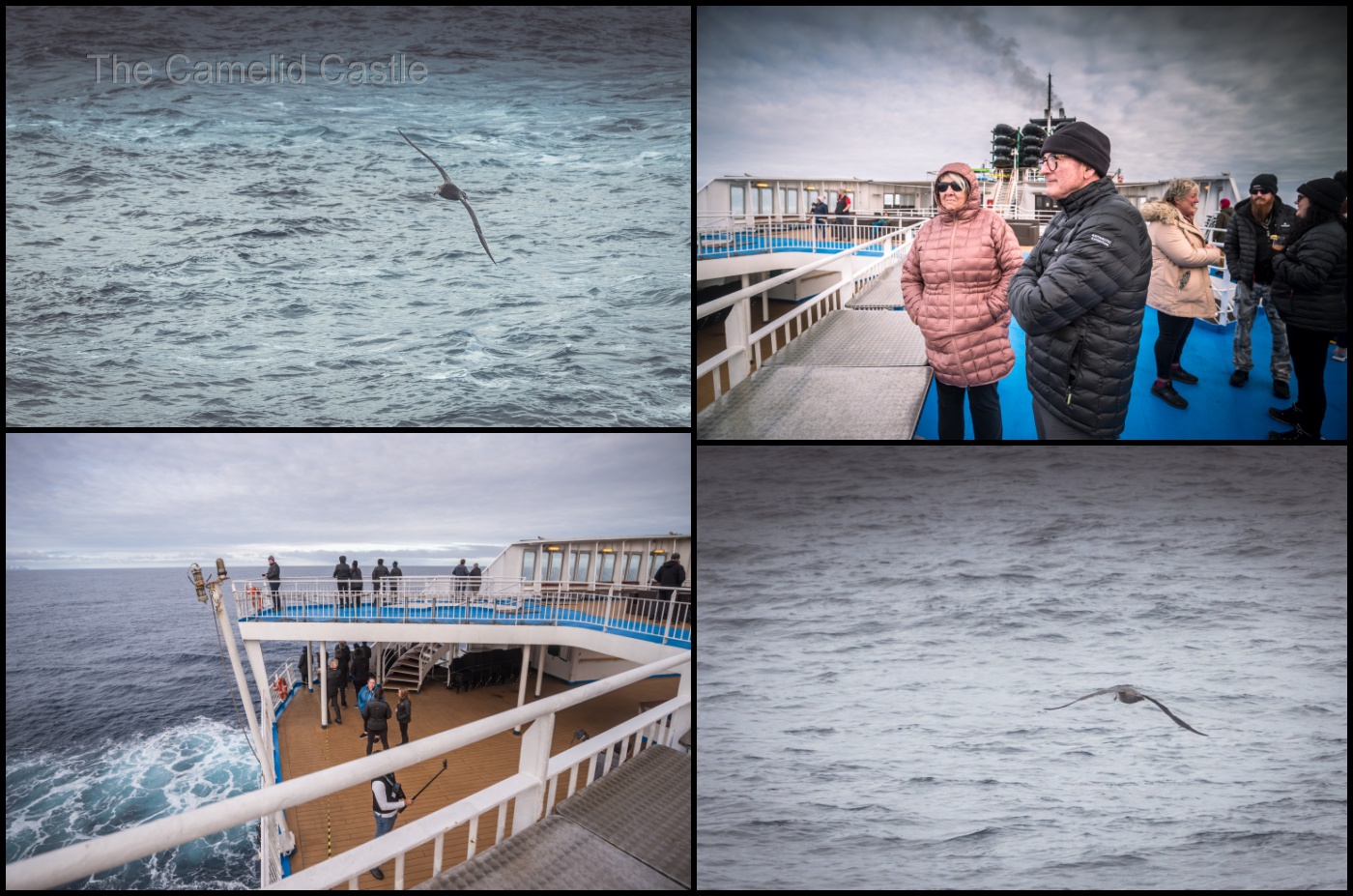
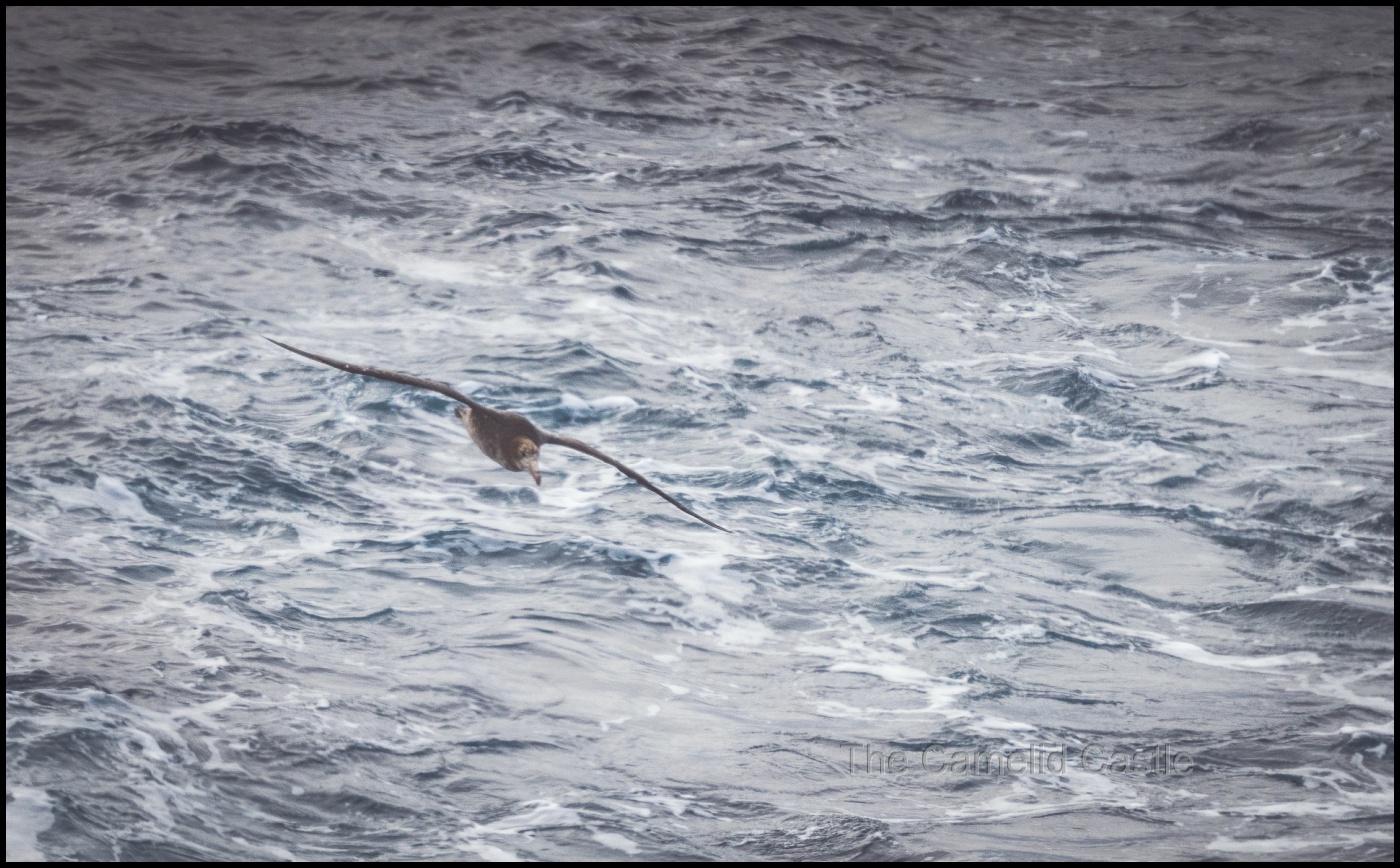
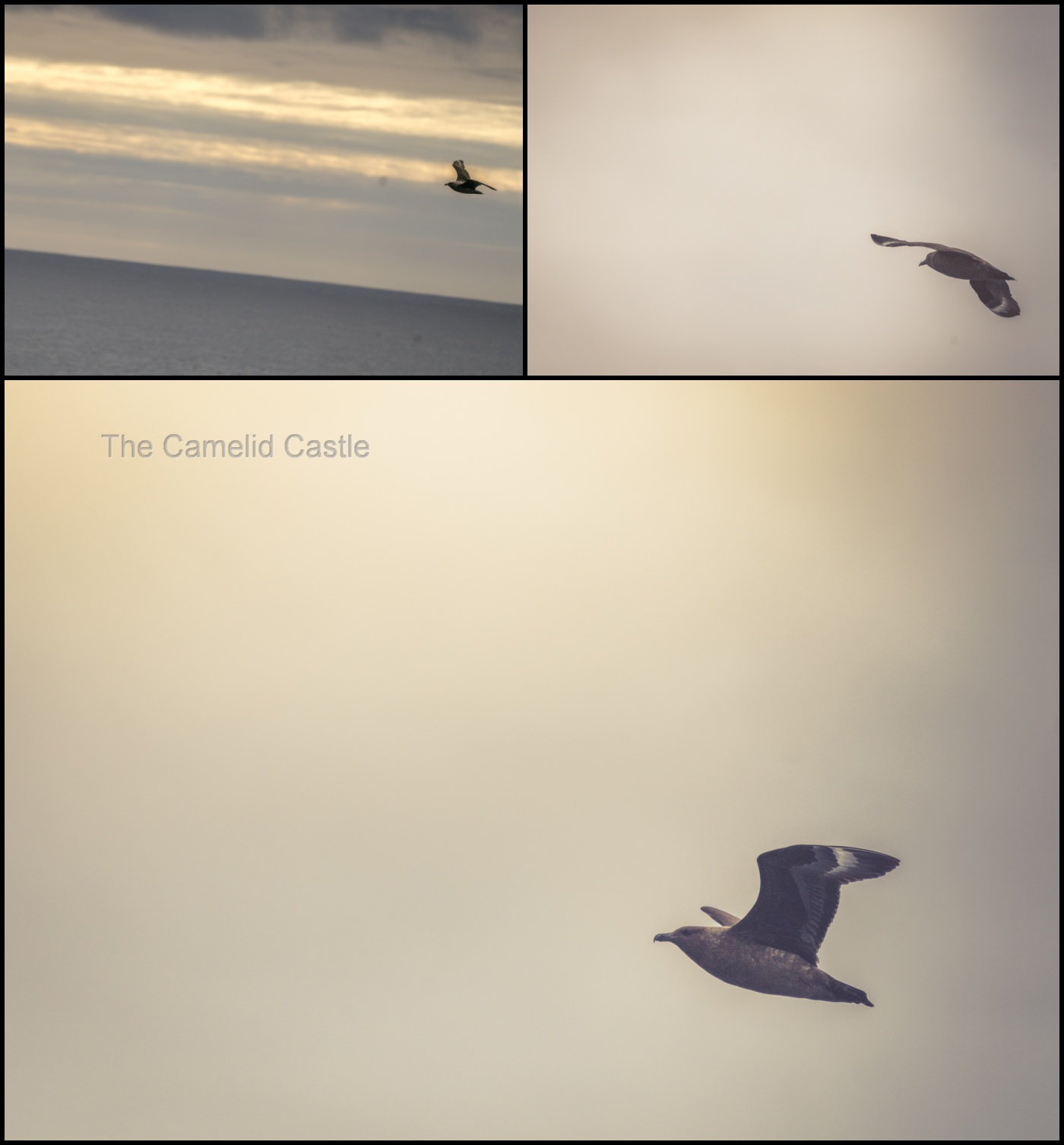
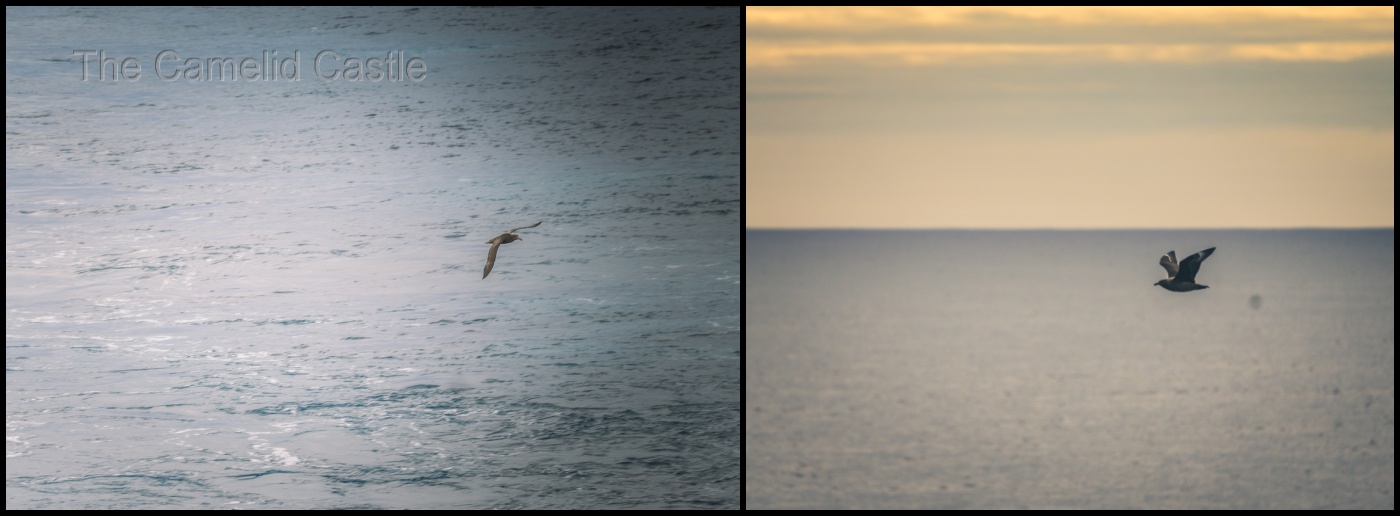
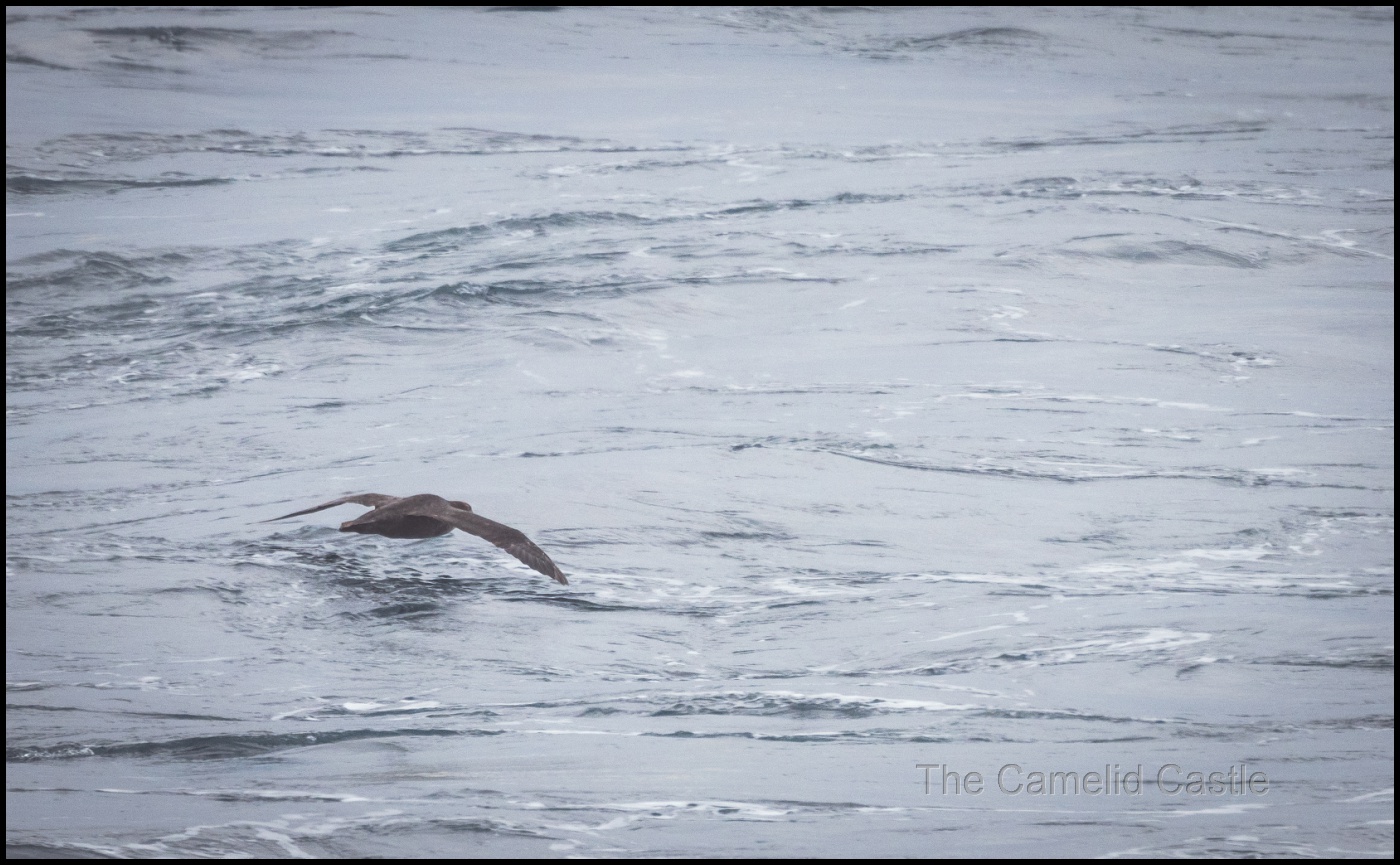
What was to come……
The daily briefing that night definitely had an air of excitement. We were all ready and raring to go. We were informed that our morning expedition was going to be to Cuverville Island and we were going to see Gentoo penguins, seals and hopefully also plenty of whales. After all this time was Antarctica going to deliver? Oh yes it was!
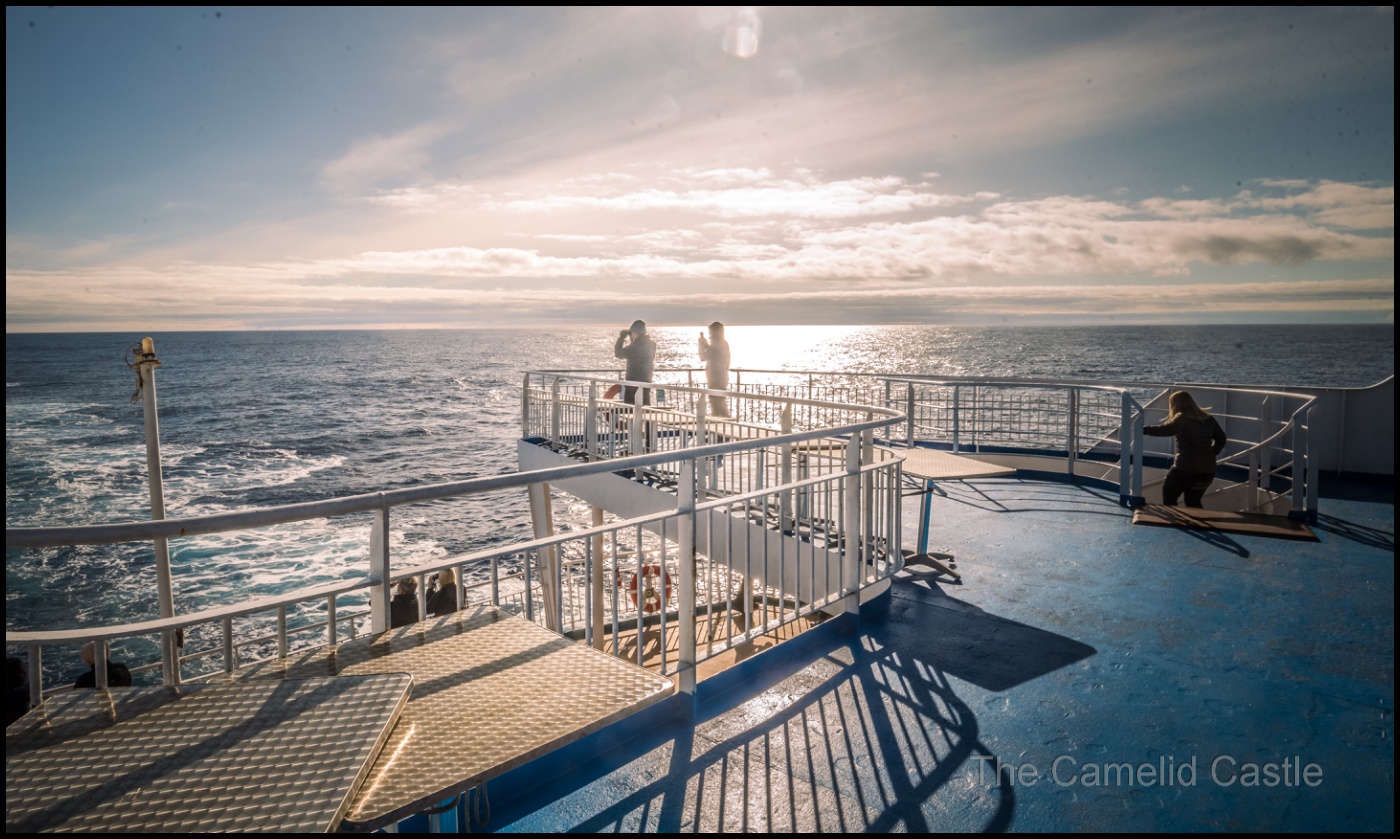
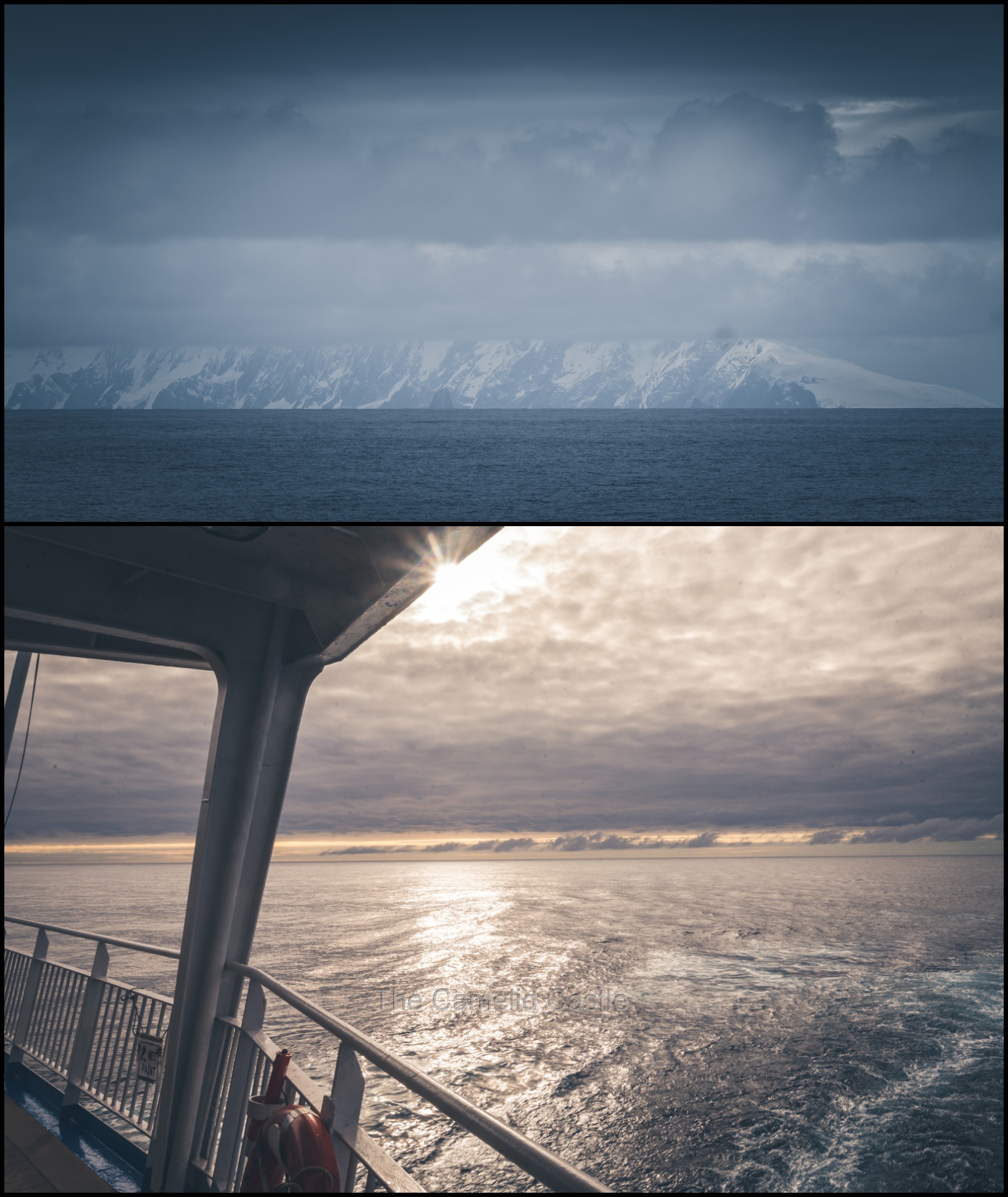
I set my alarm for an ungodly hour of the morning to try and catch an Antarctic sunrise, and from my cosy cabin bed watched the WWF talk on ‘whale conservation and innovation’. Being able to watch the live-stream from the lounge area in your cabin was the height of laziness but definitely convenient! I needed to get all the rest I could before the huge day that was coming up……
Up next….
In the next post, Cuverville Island. Penguins, icebergs, seals and whales. A magical morning.